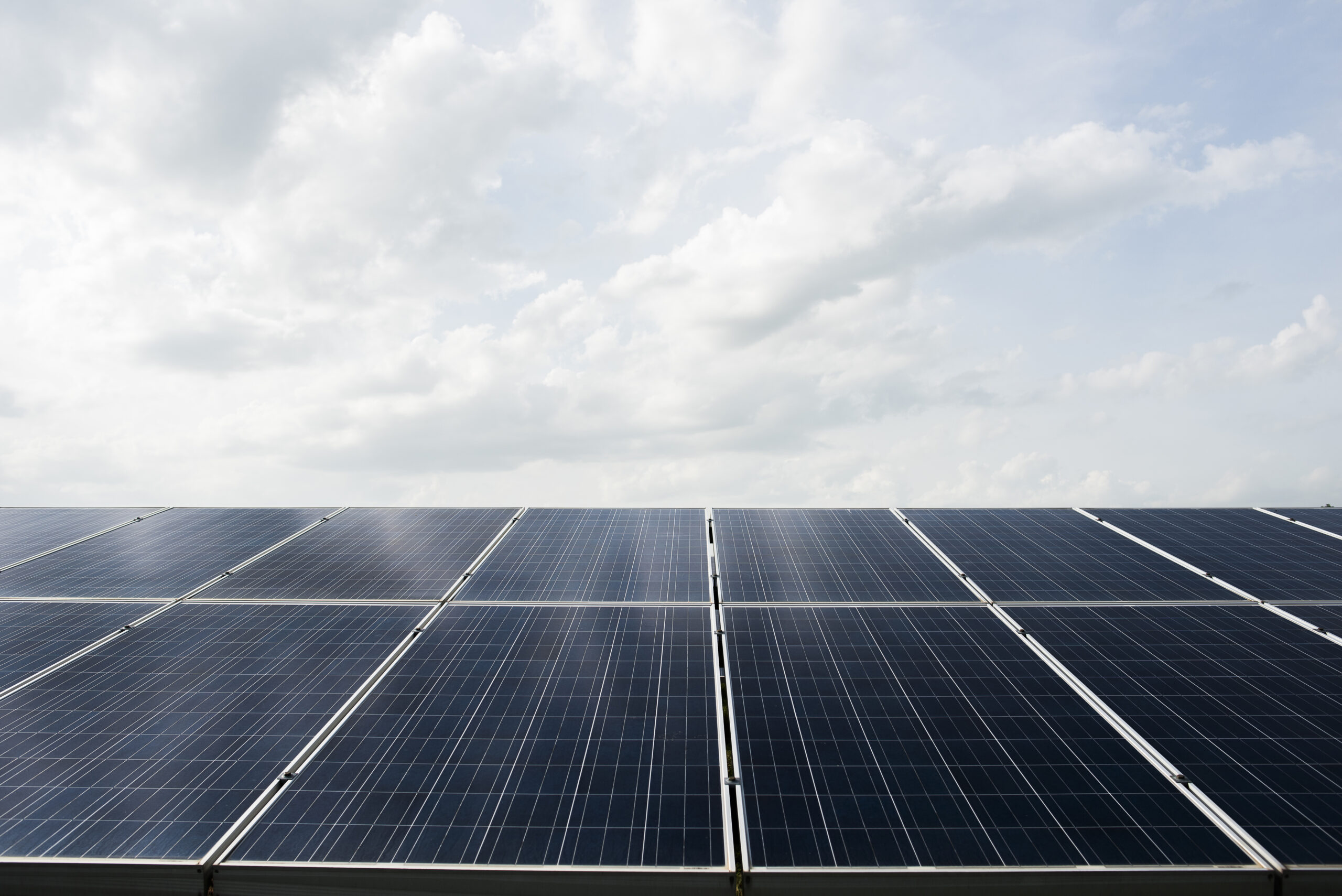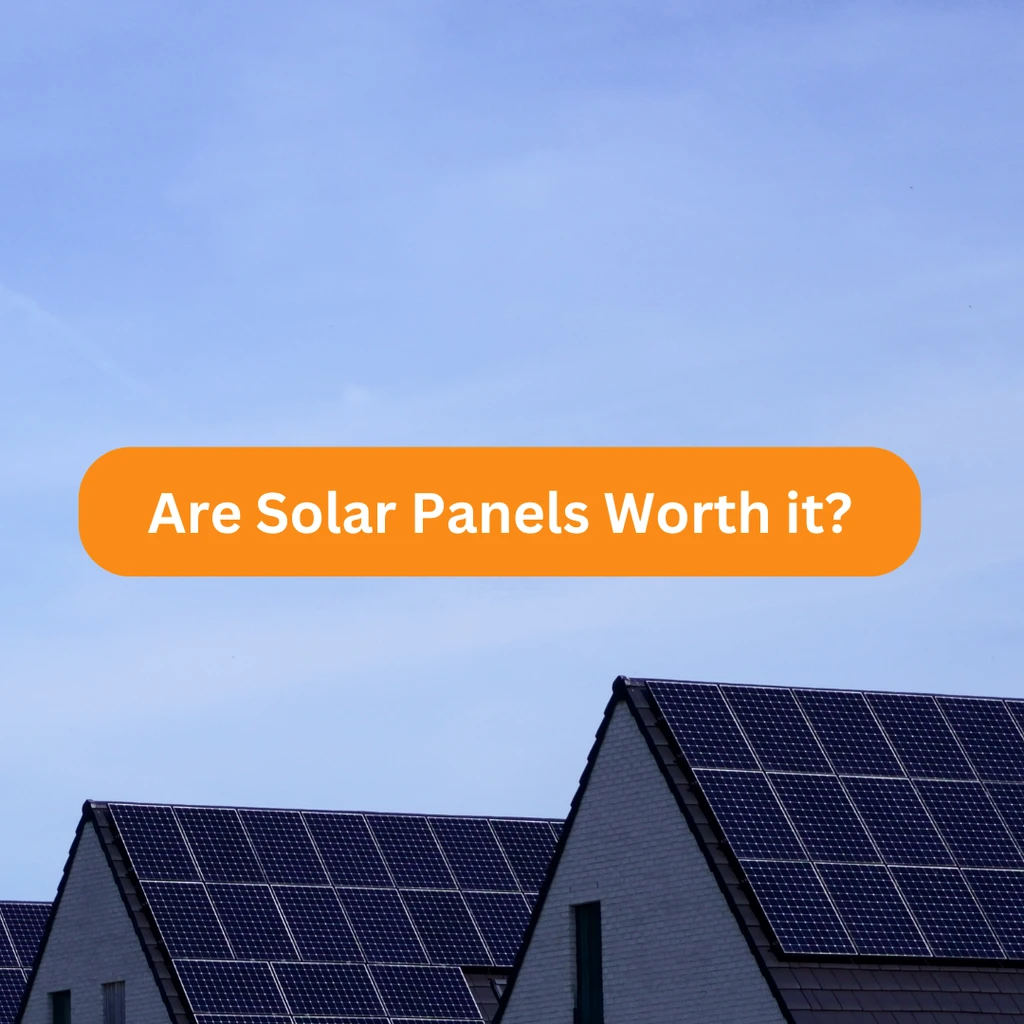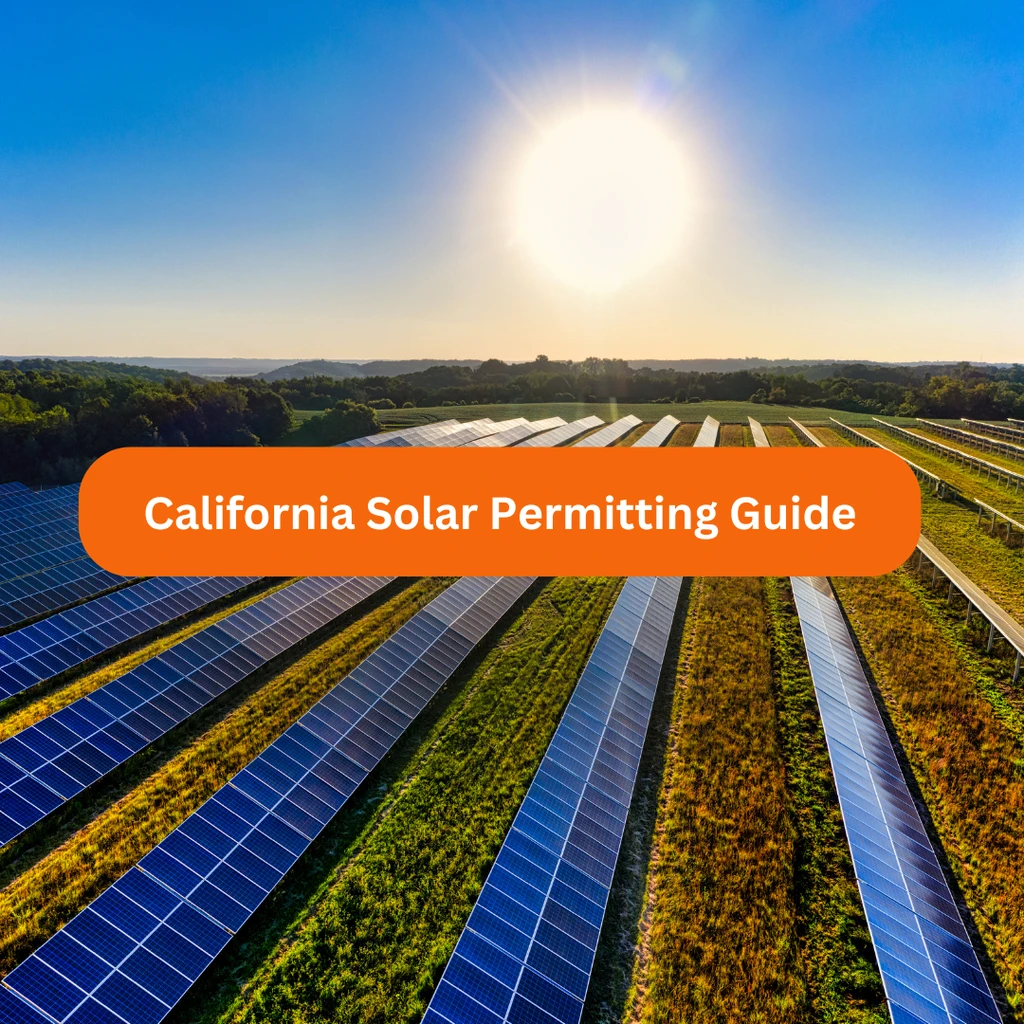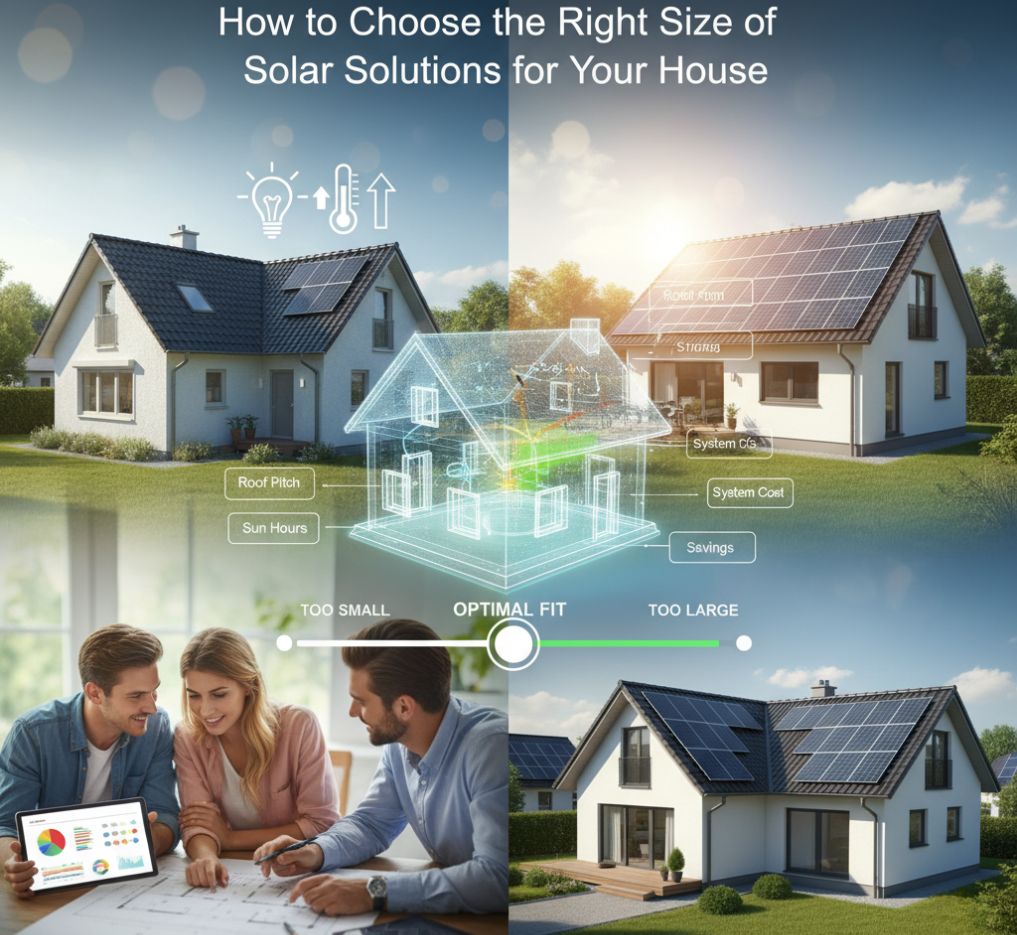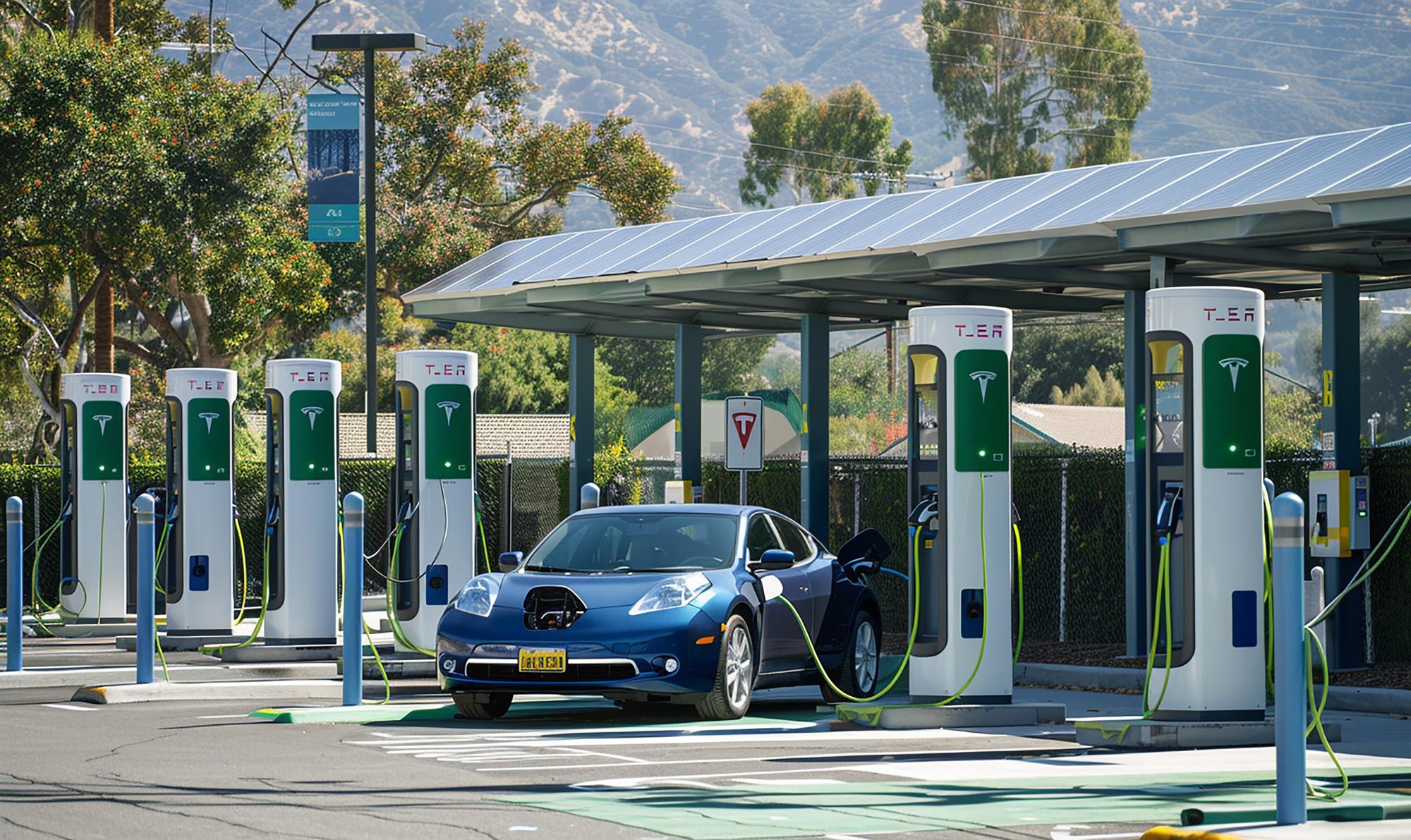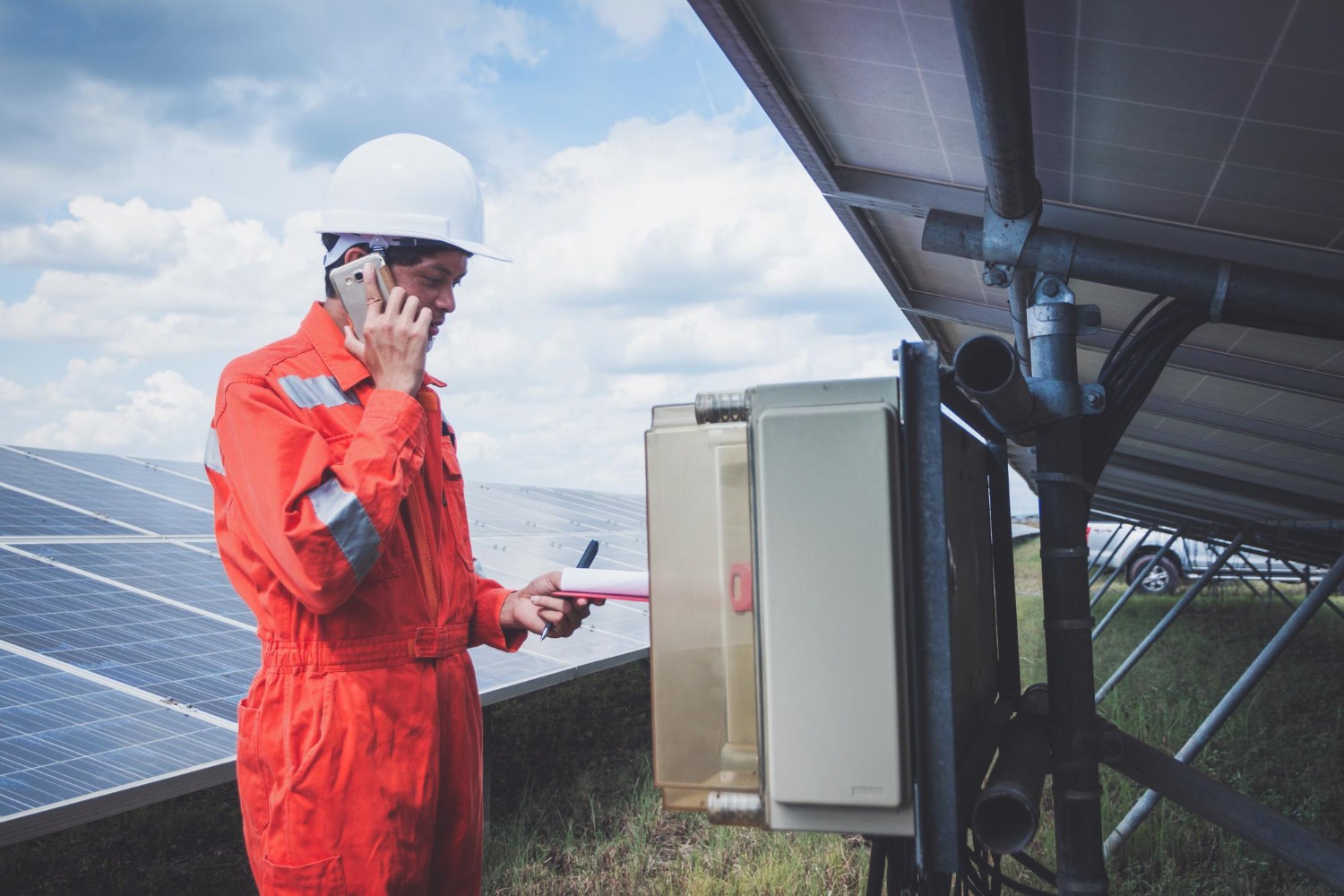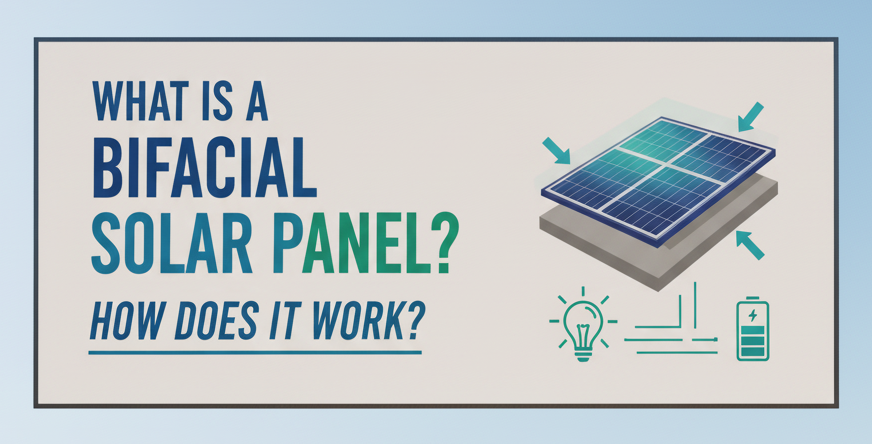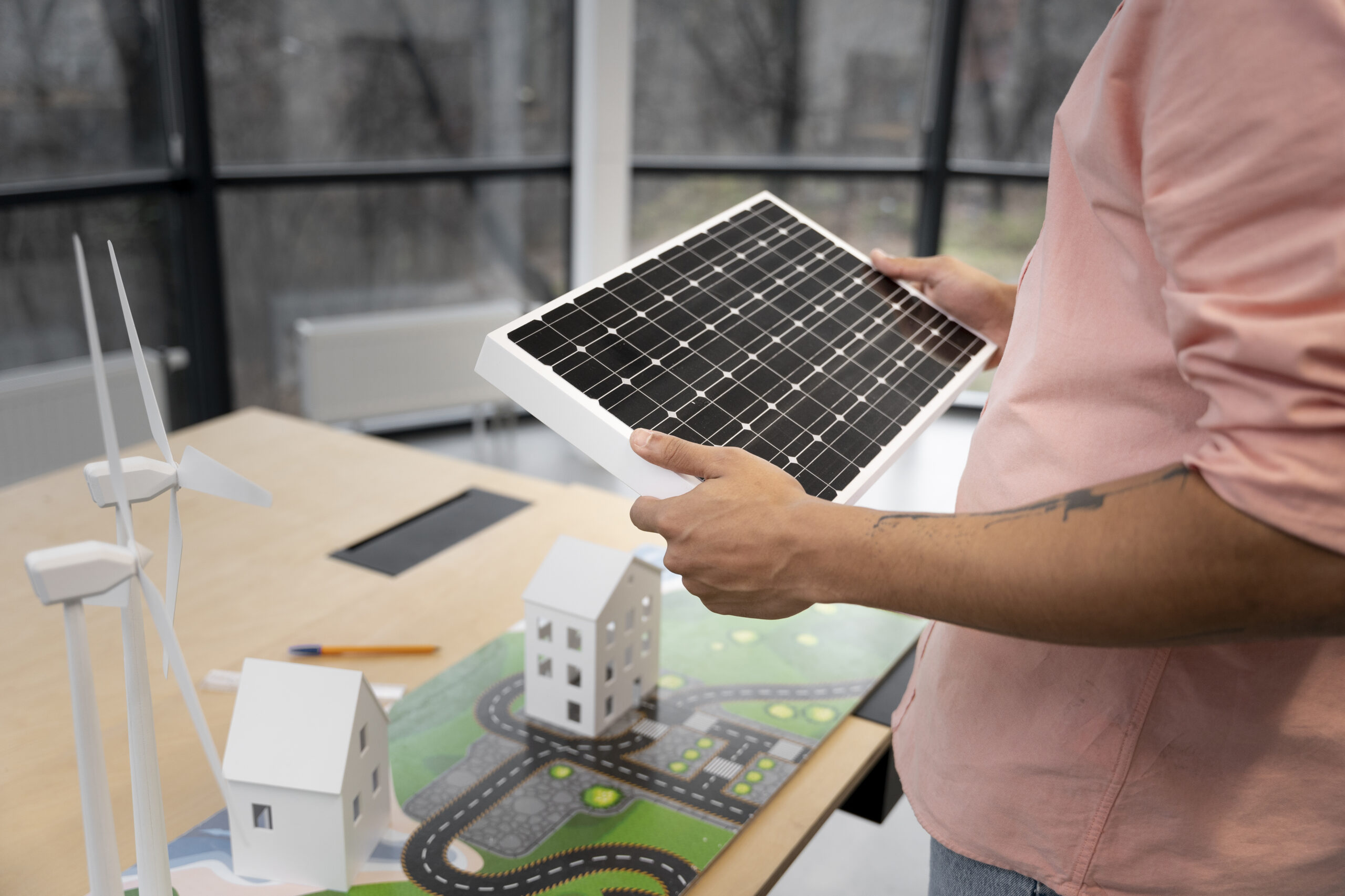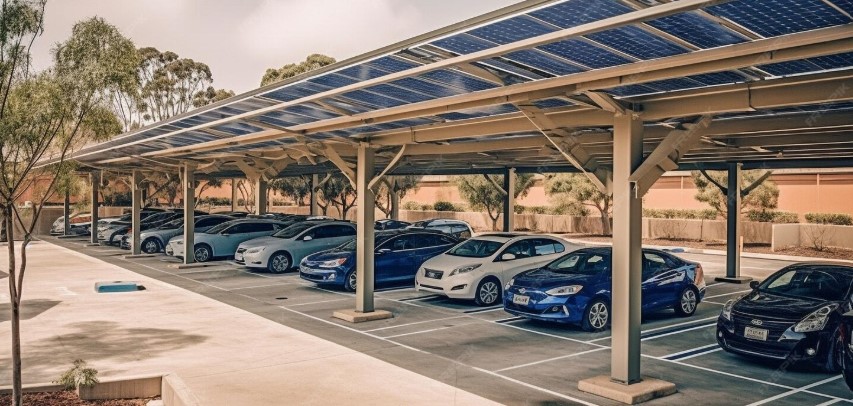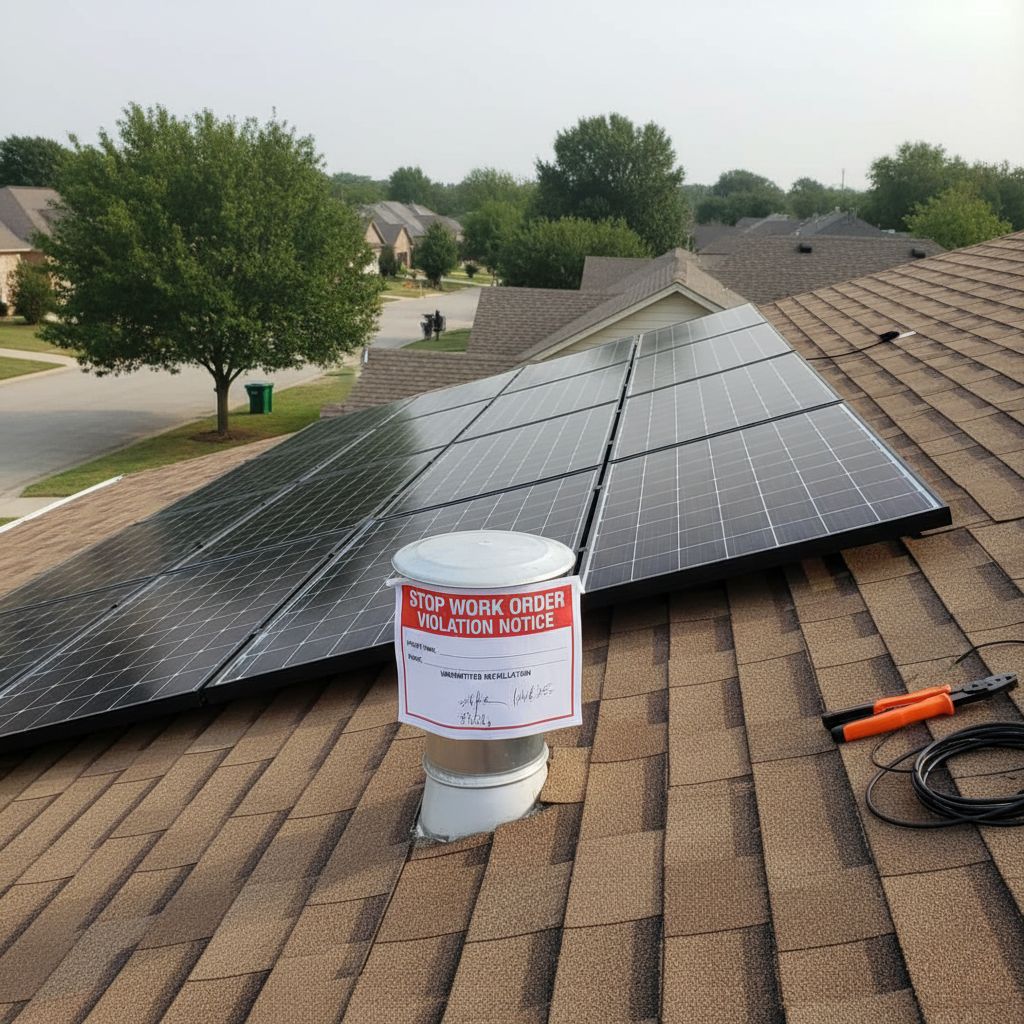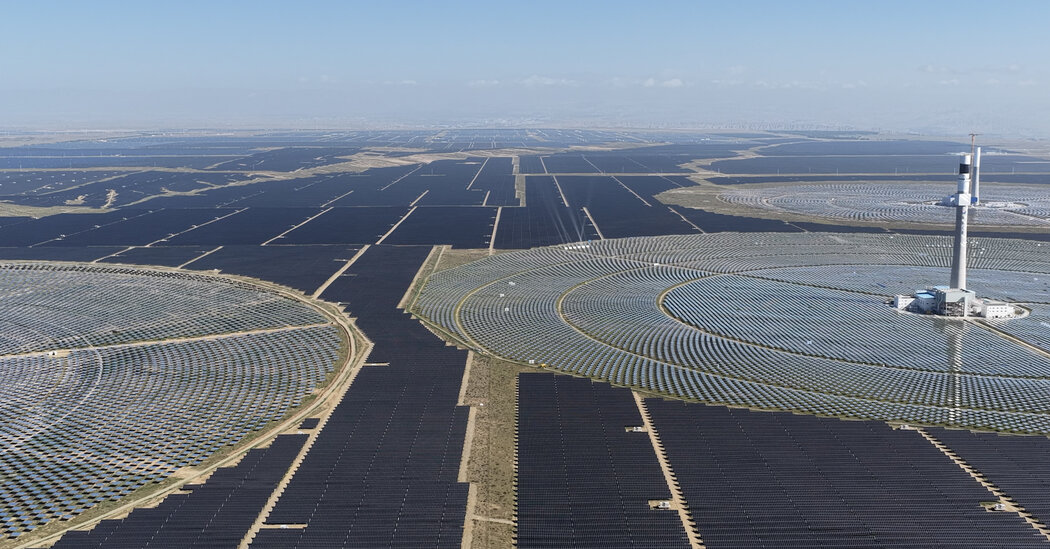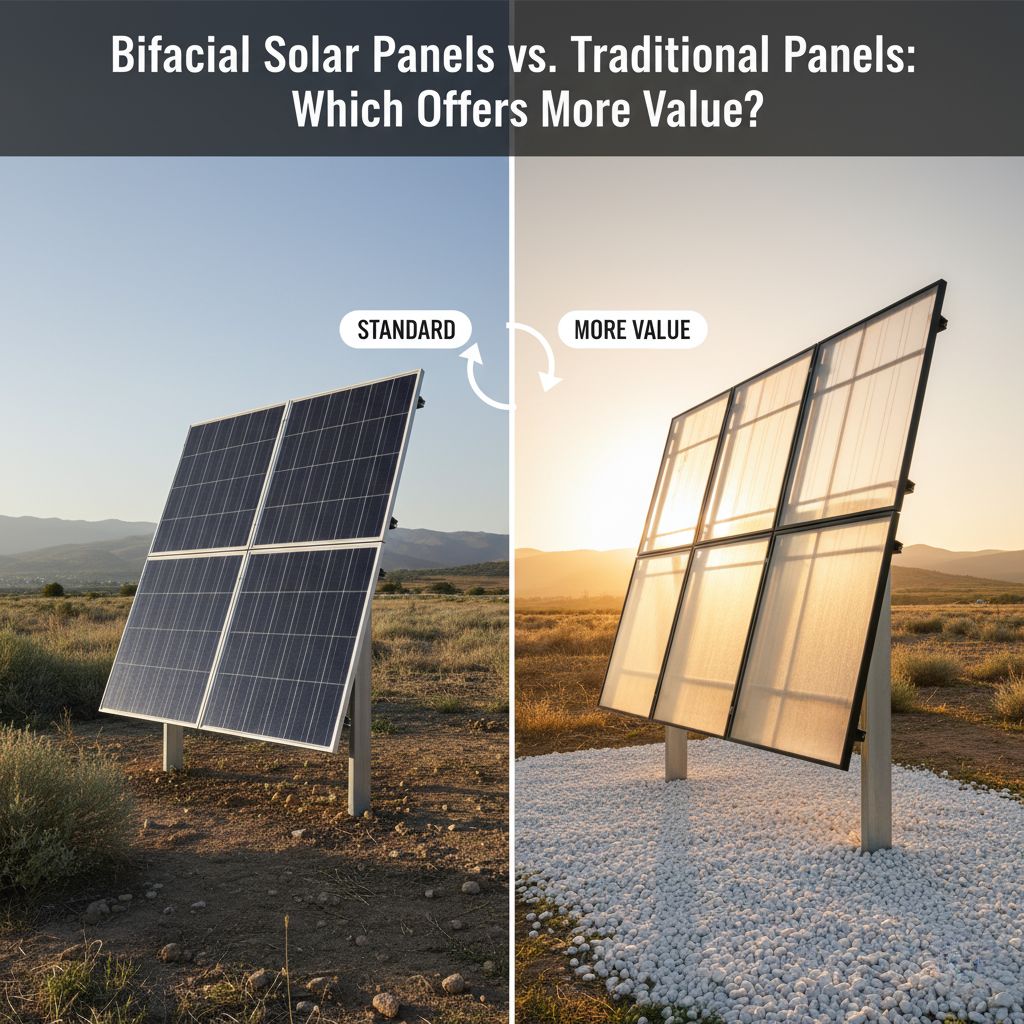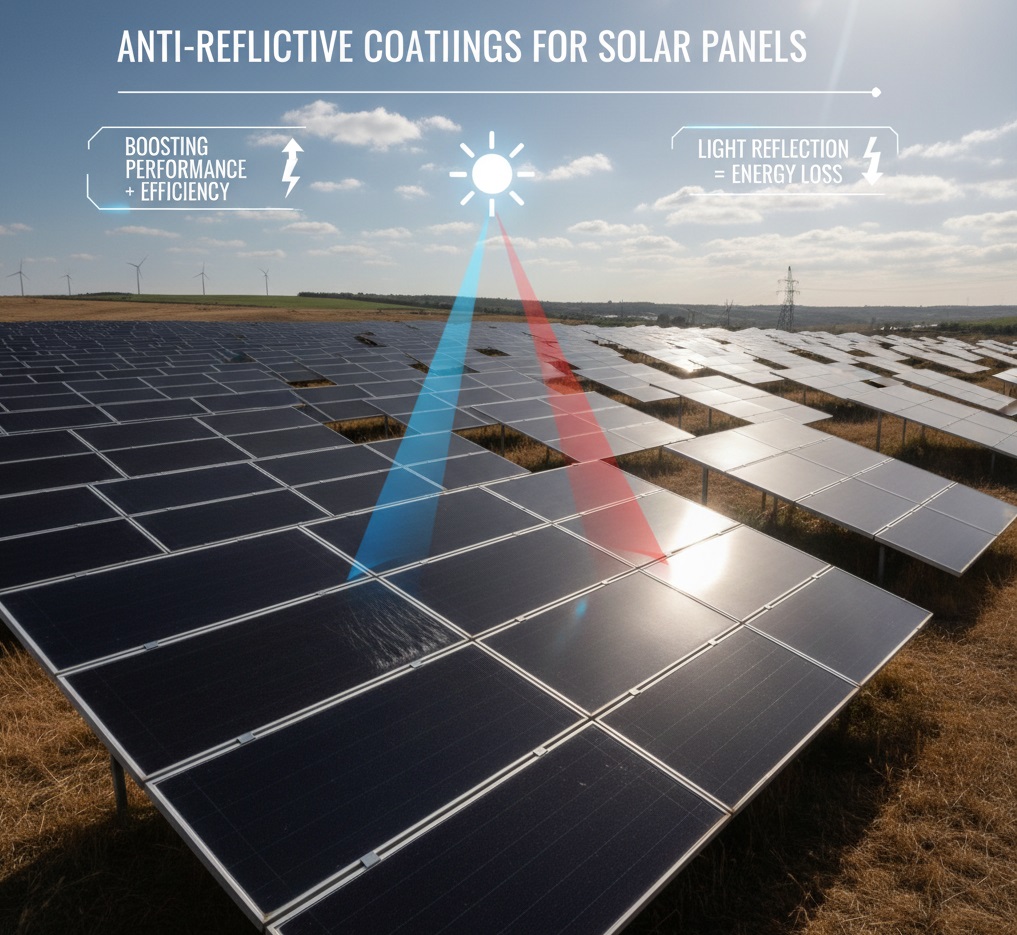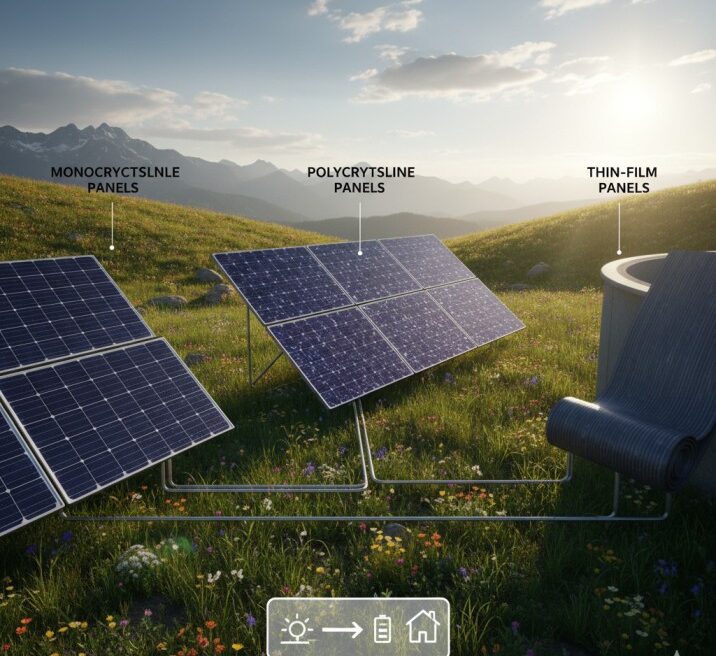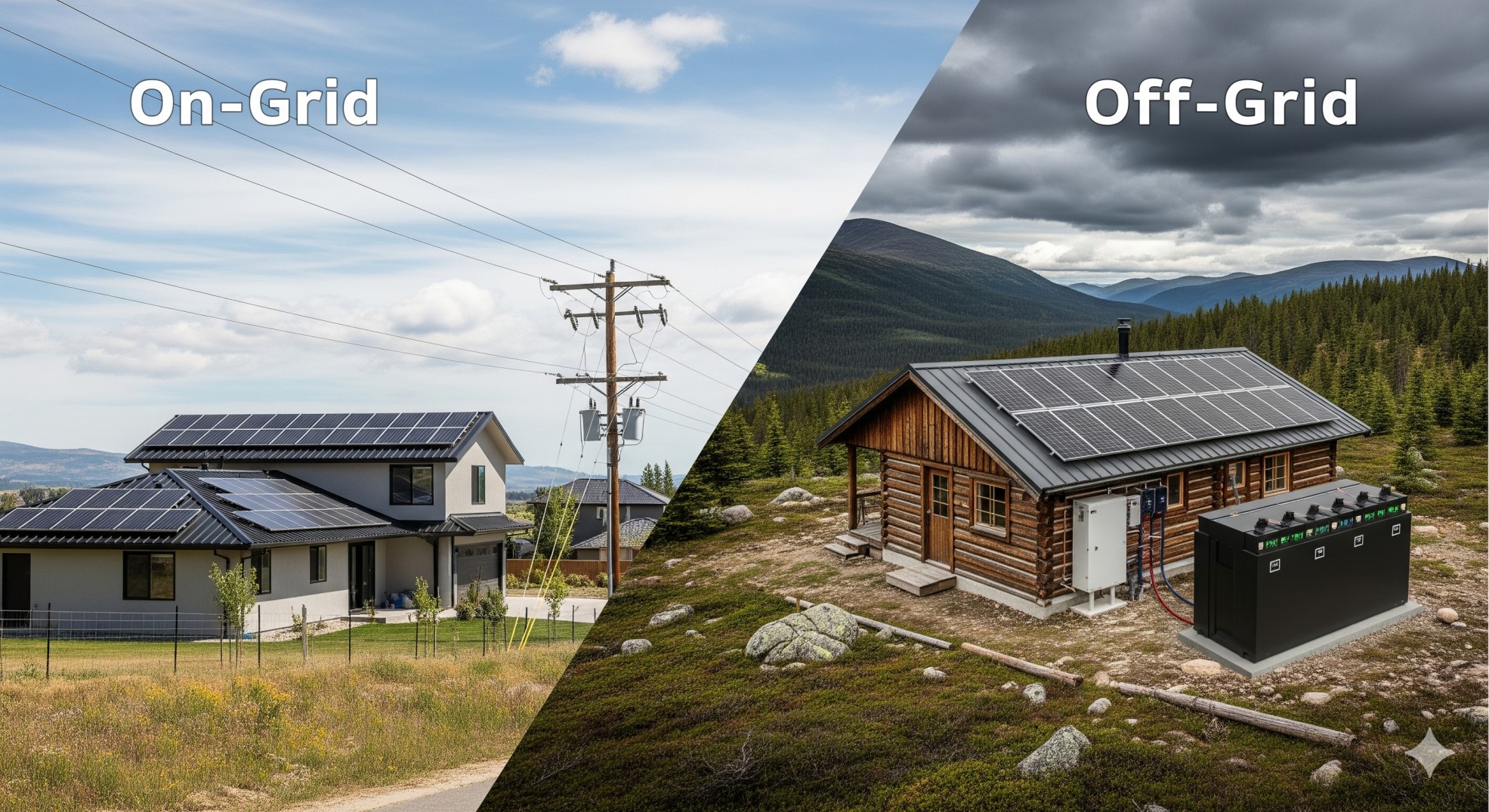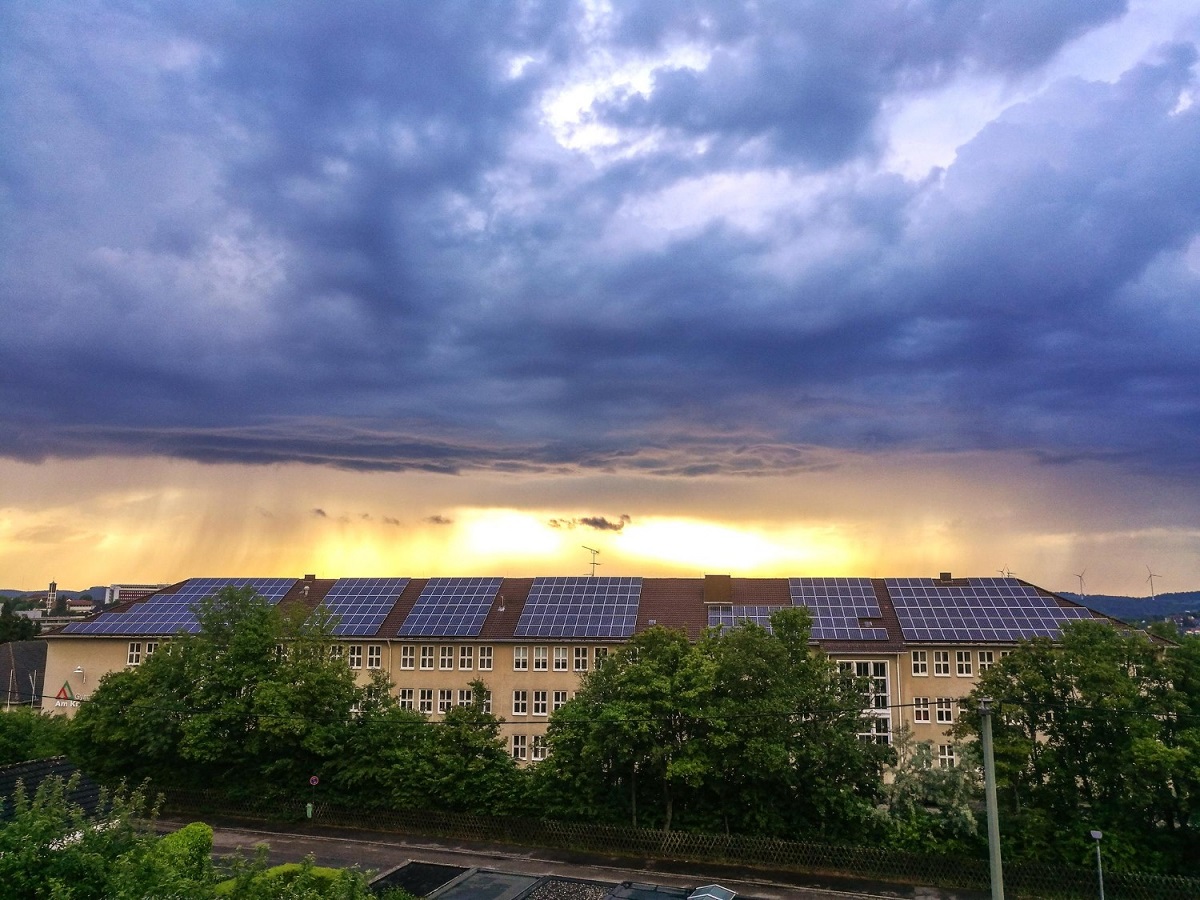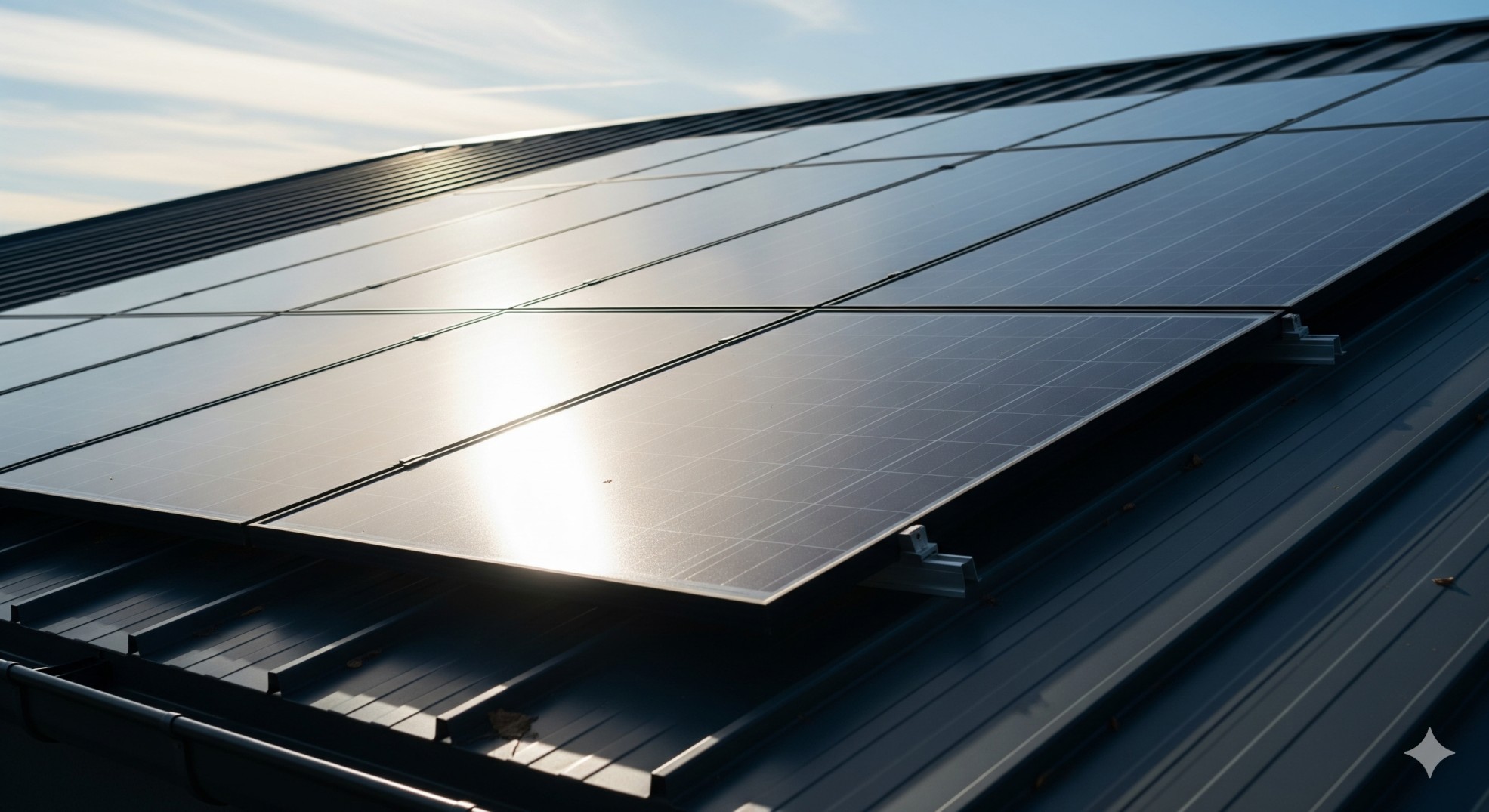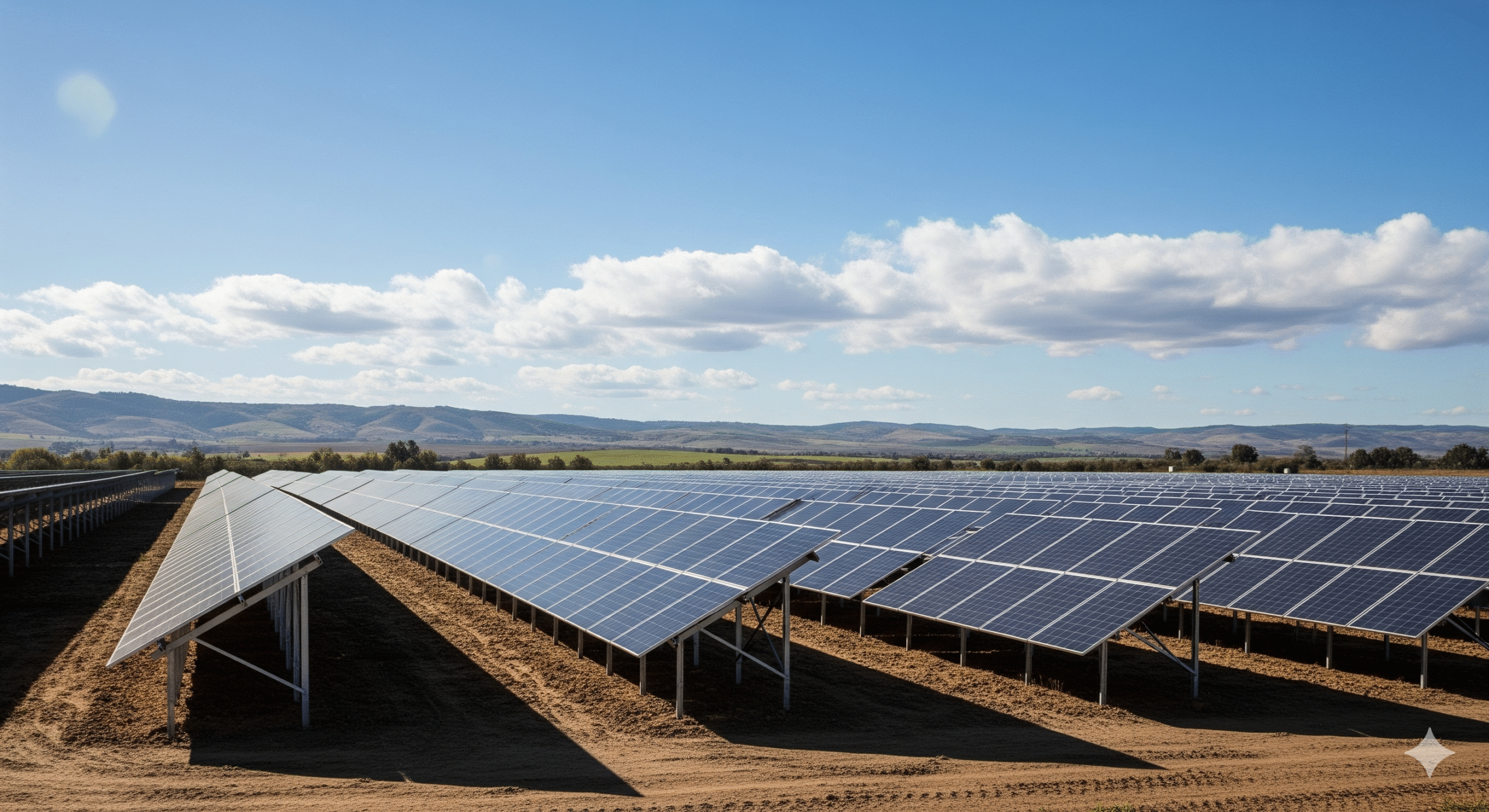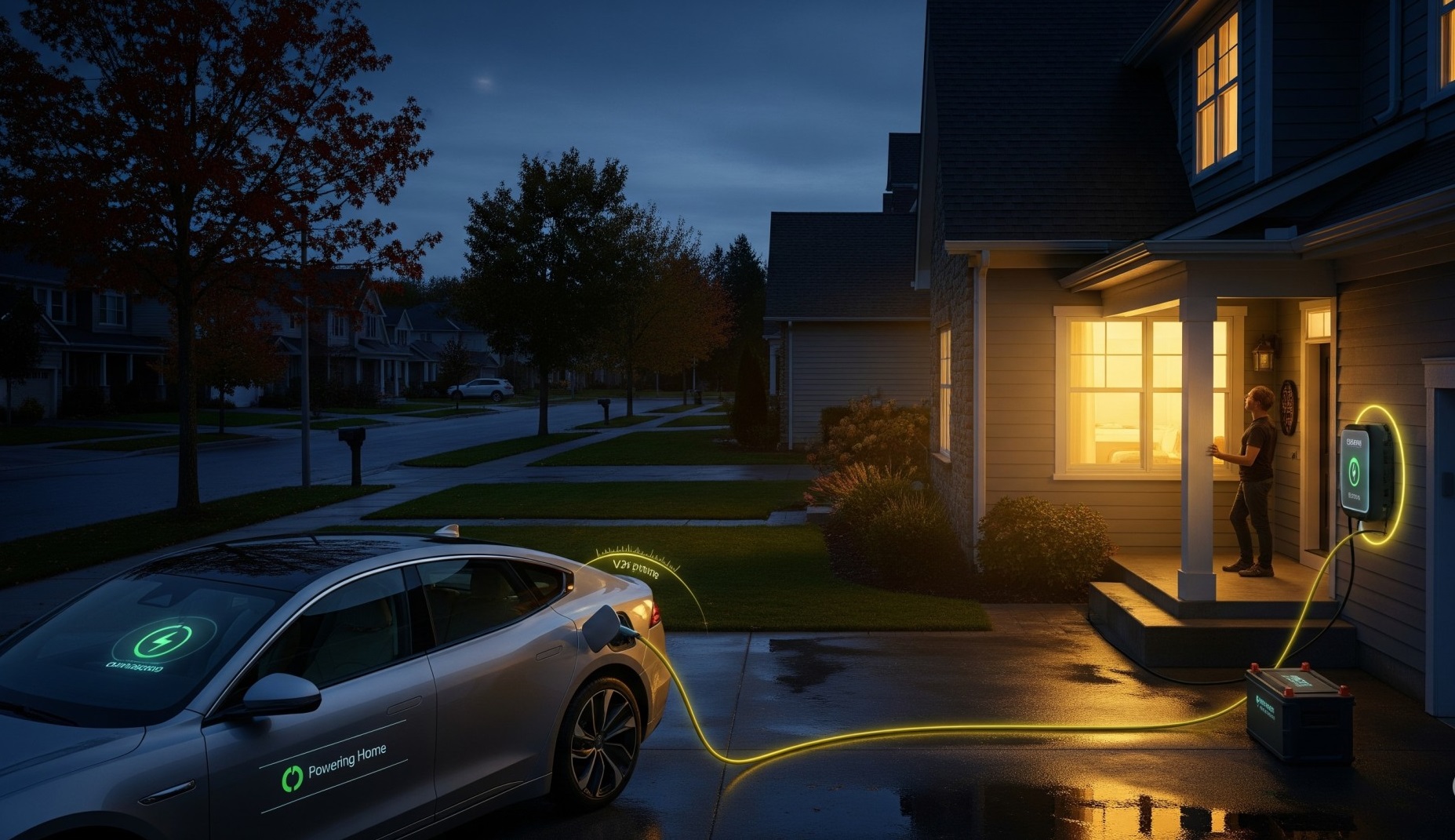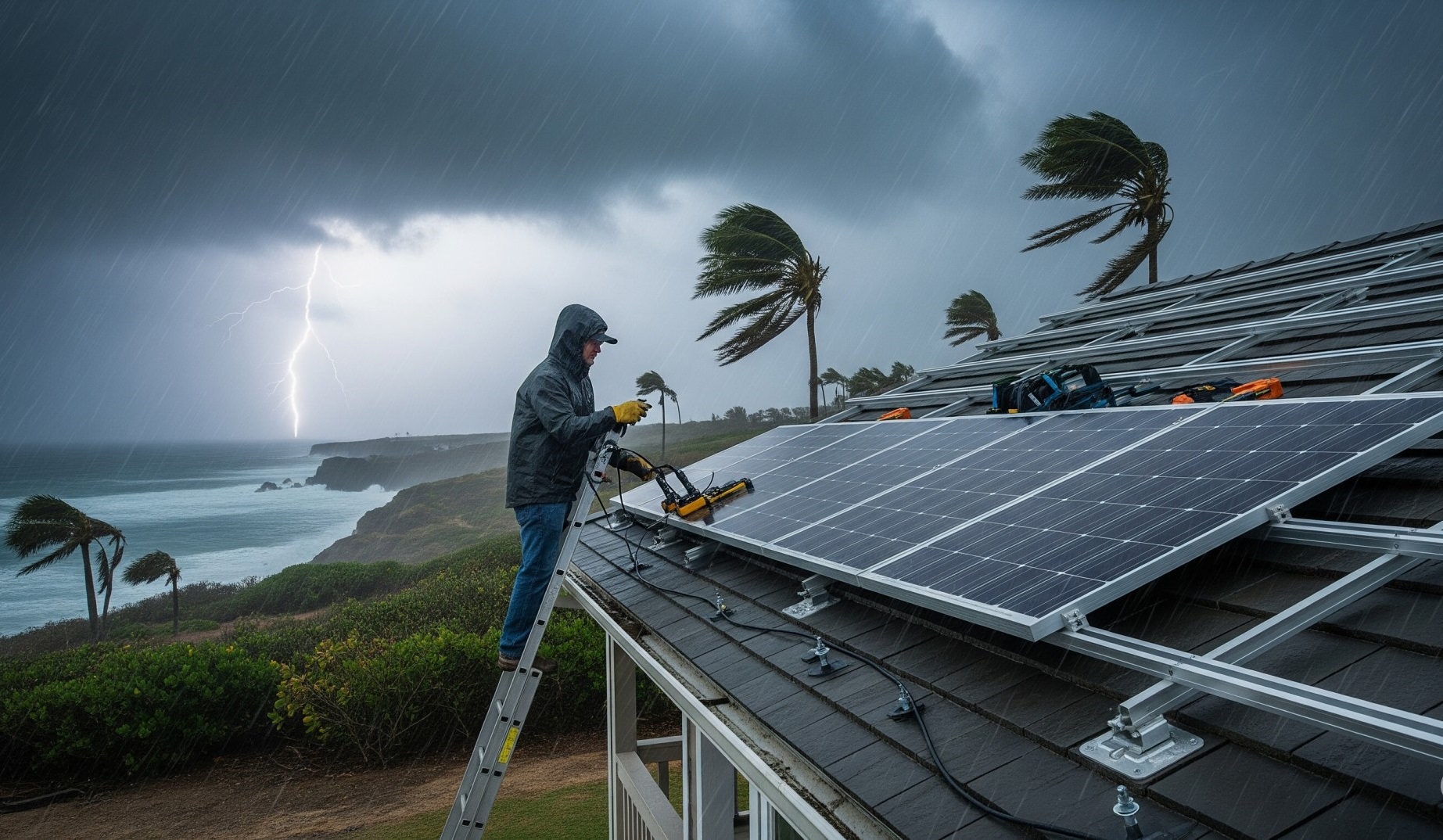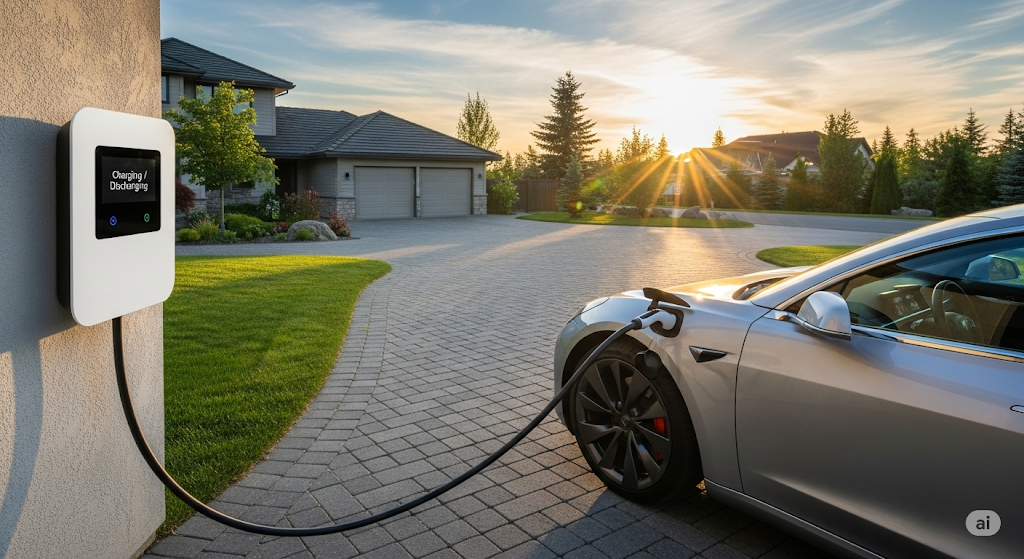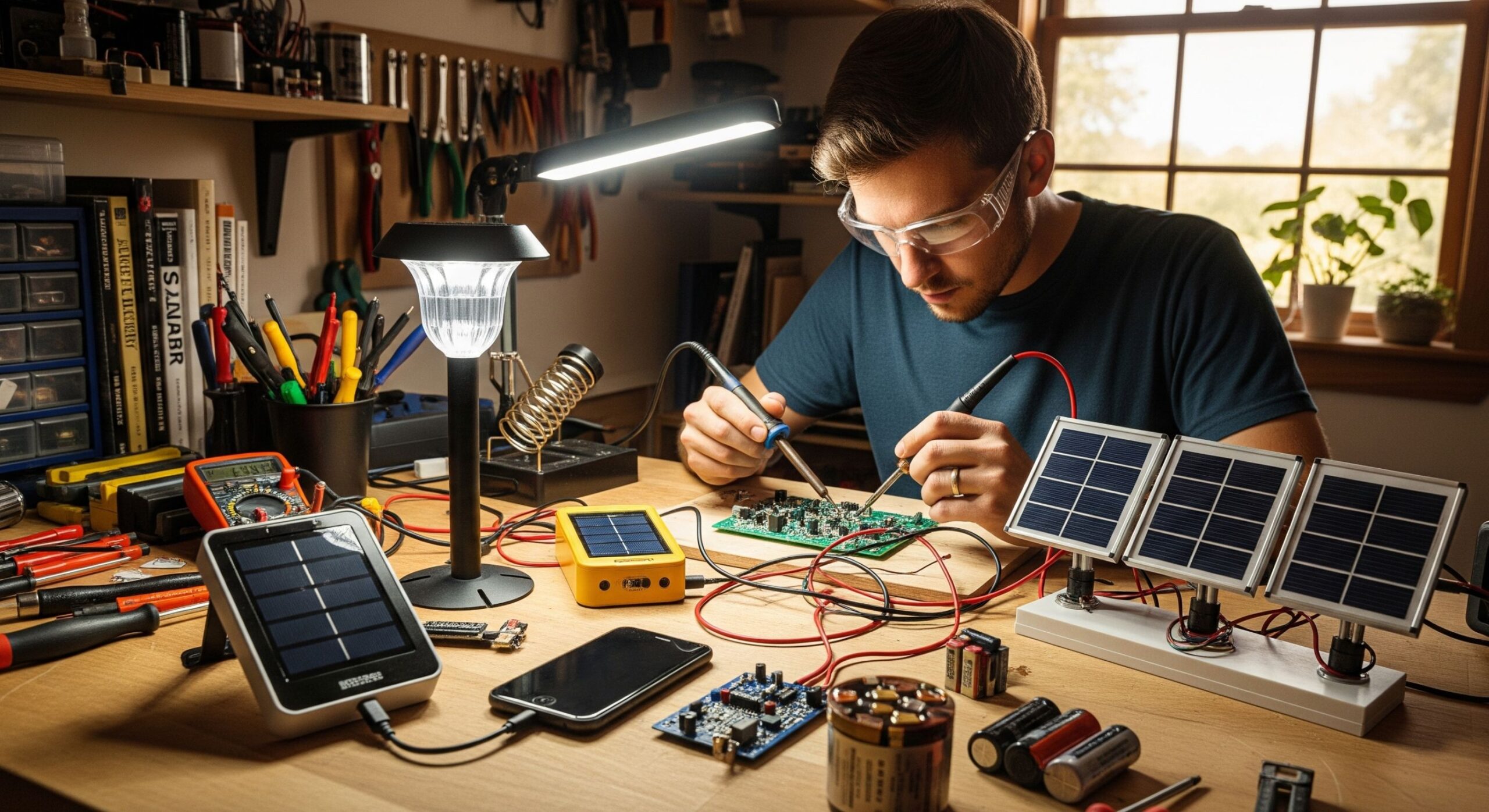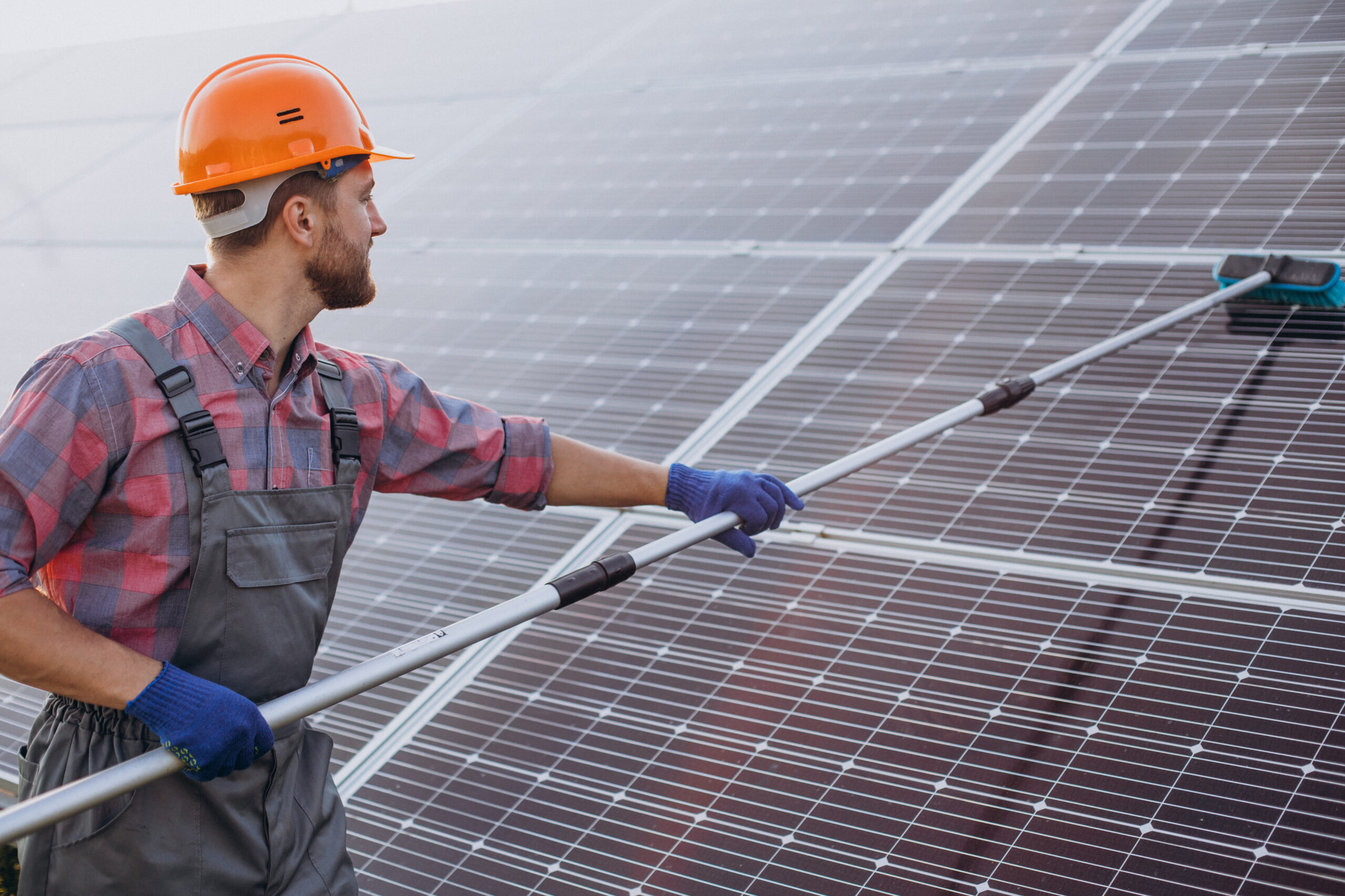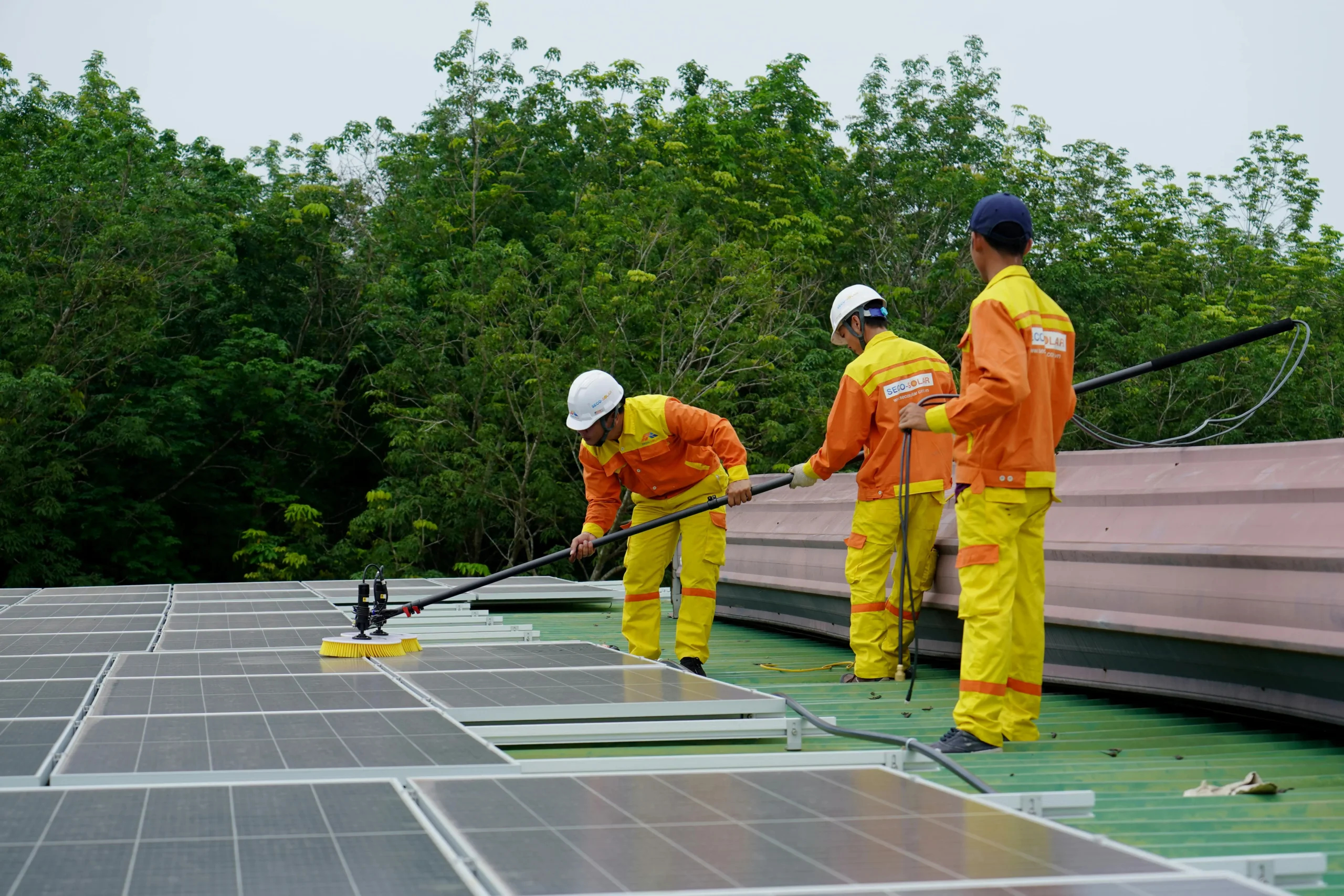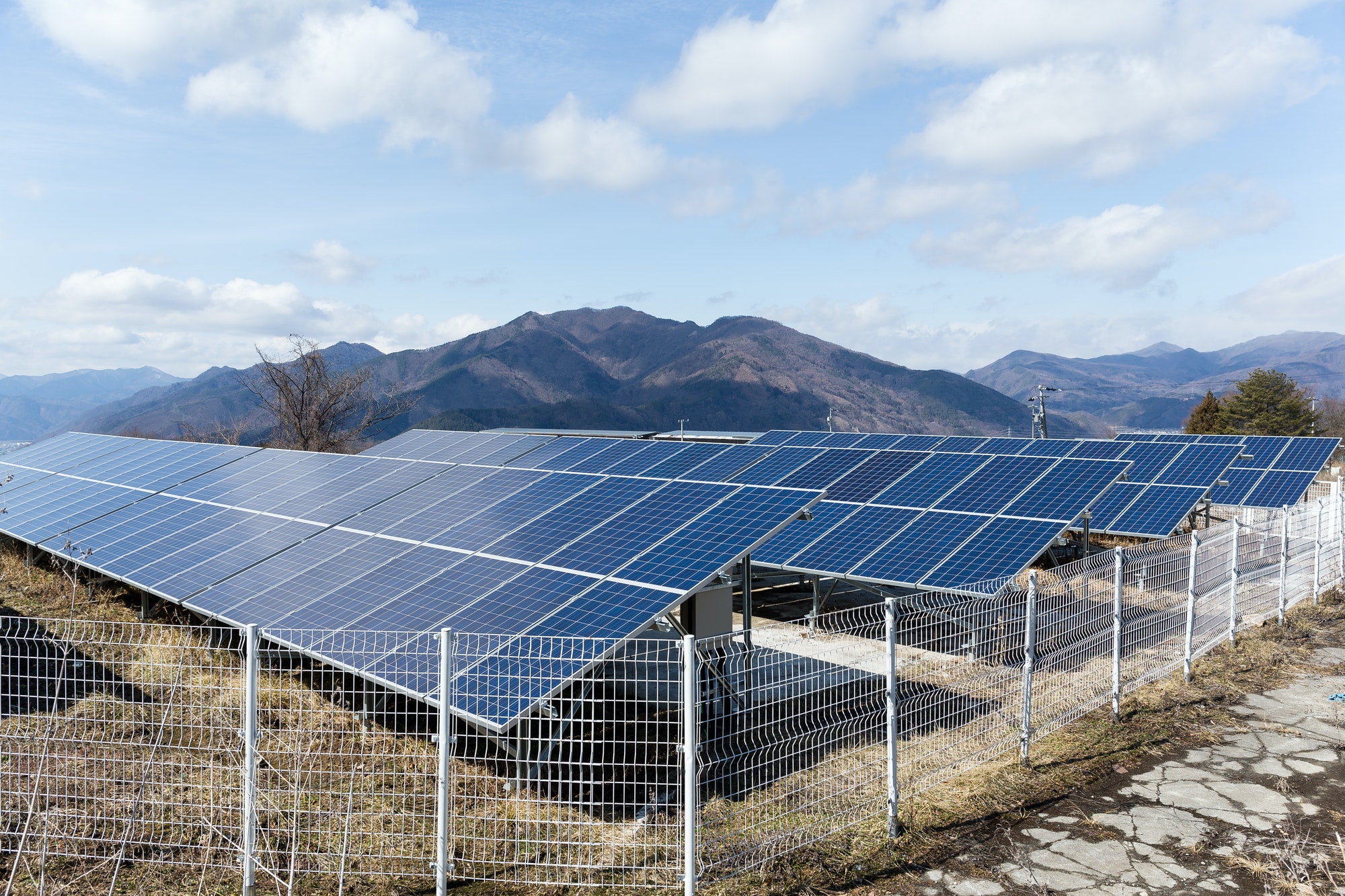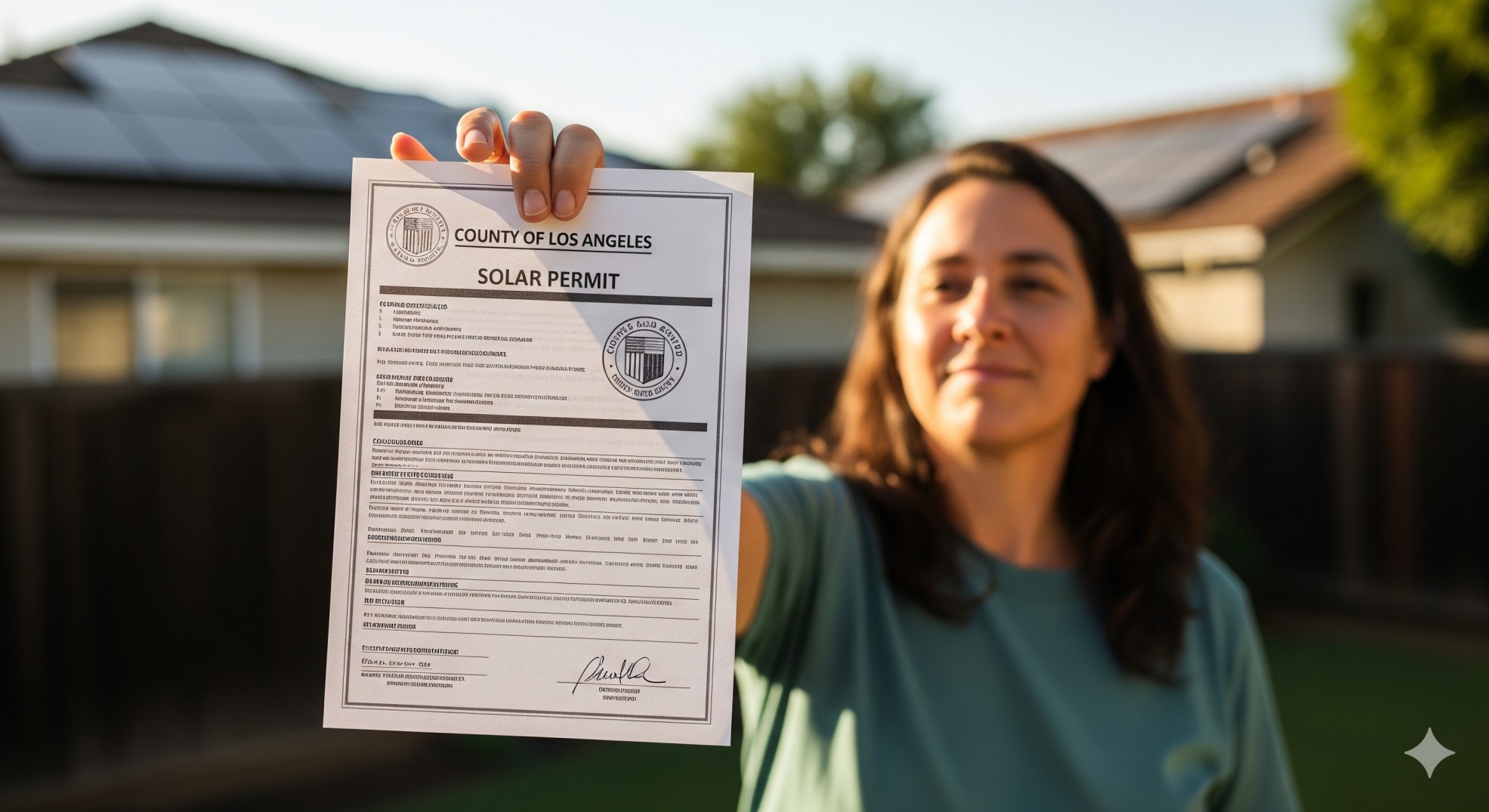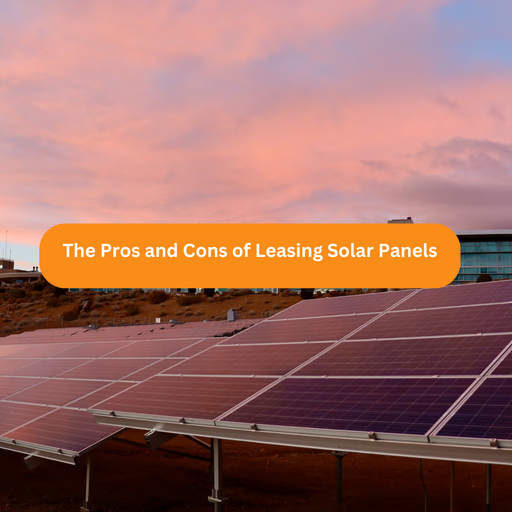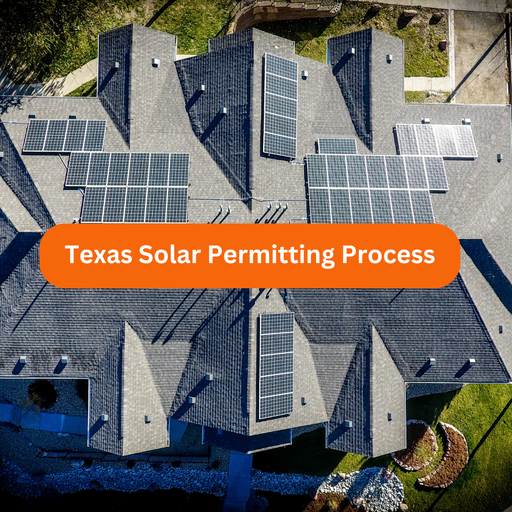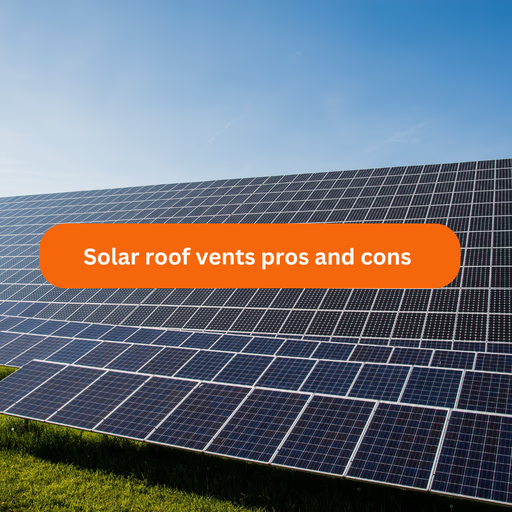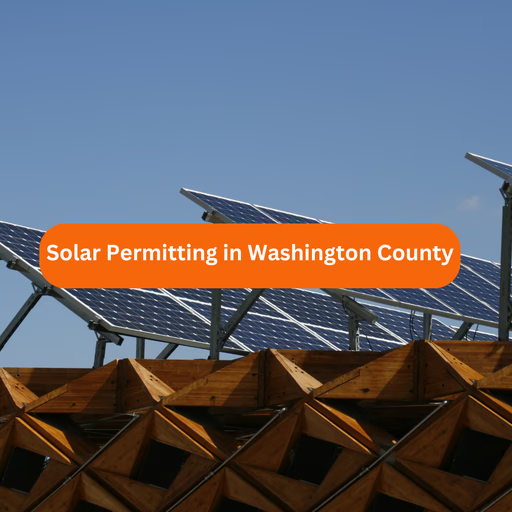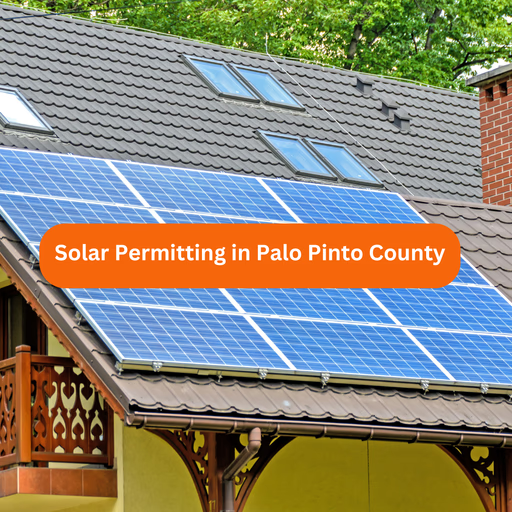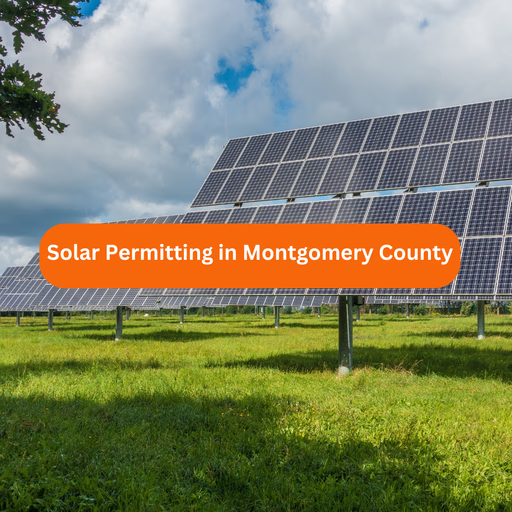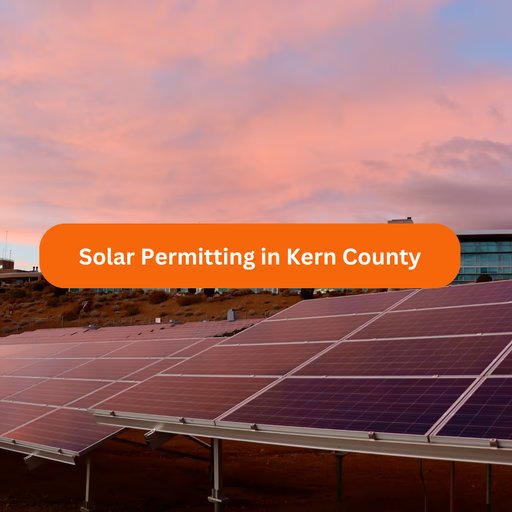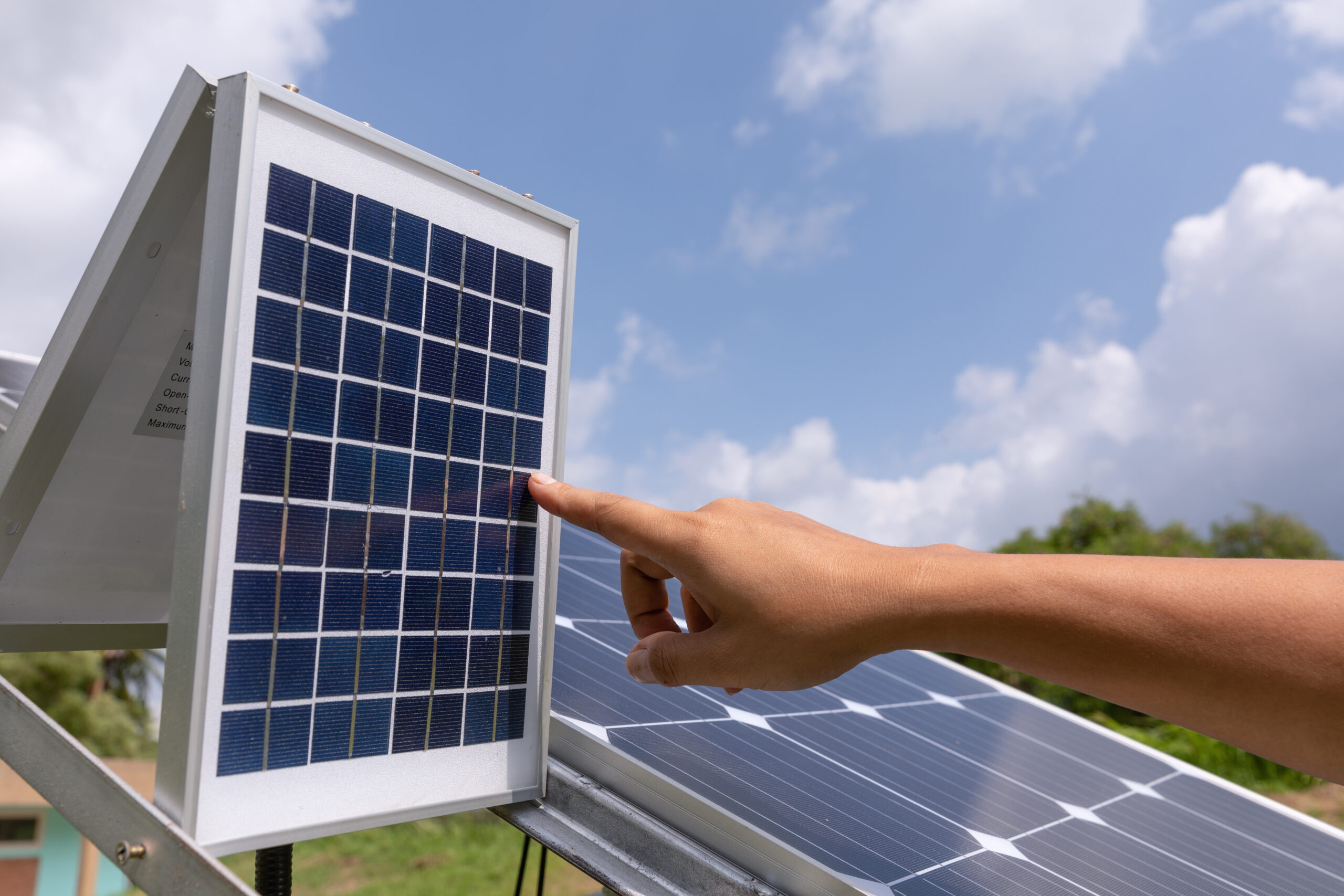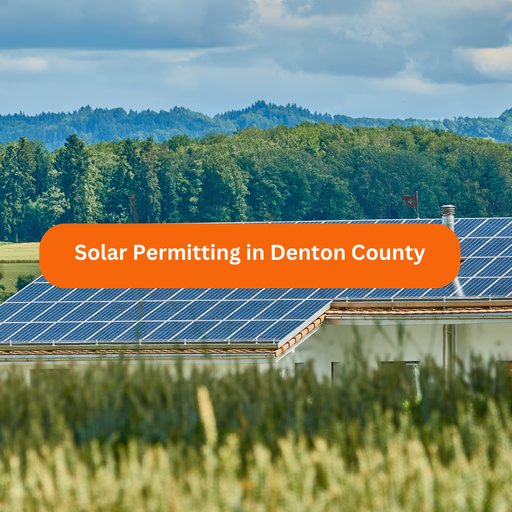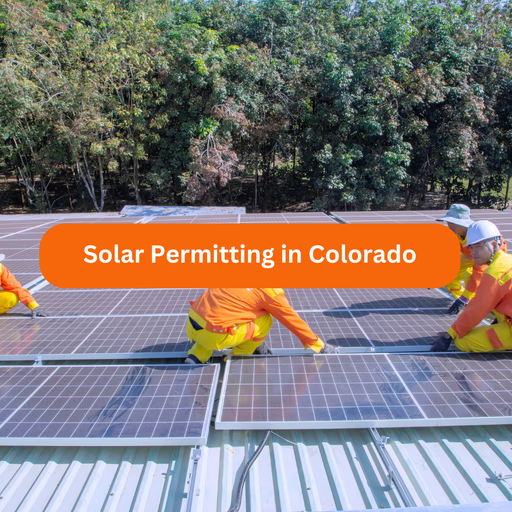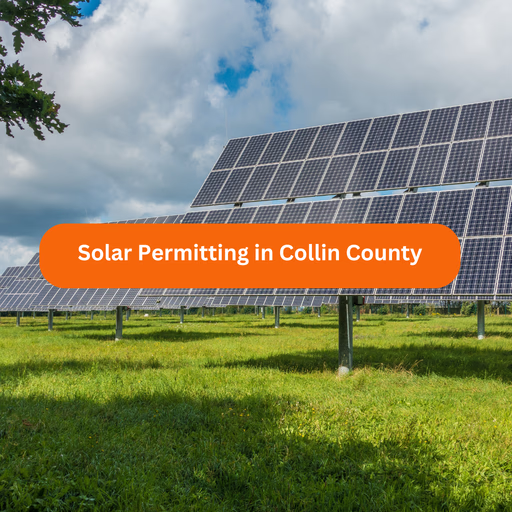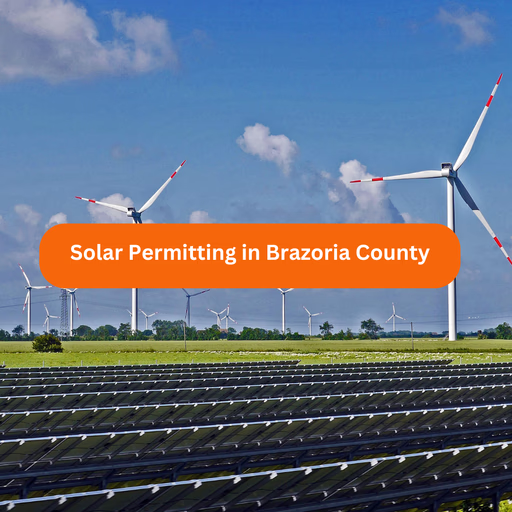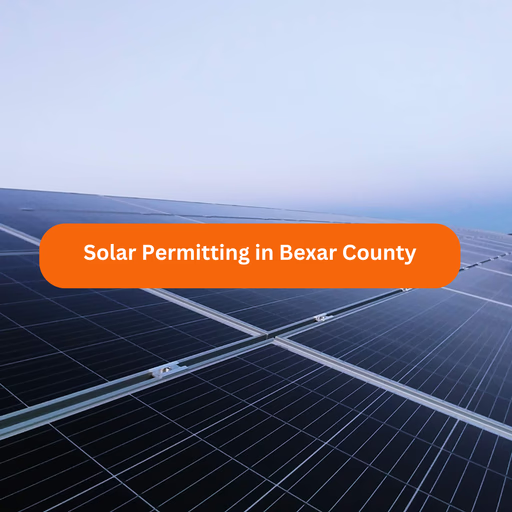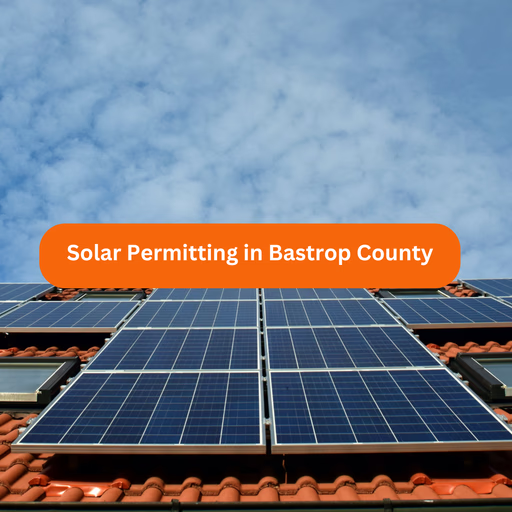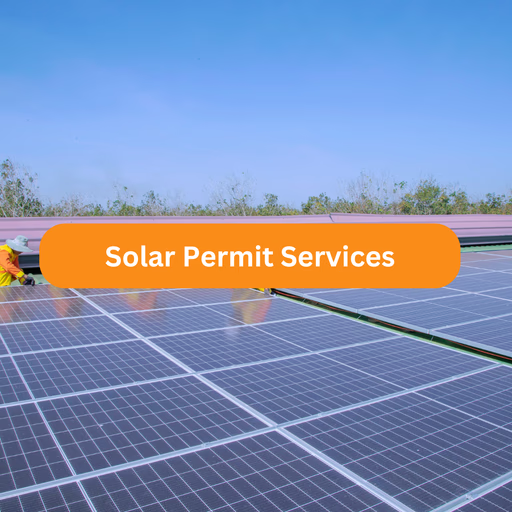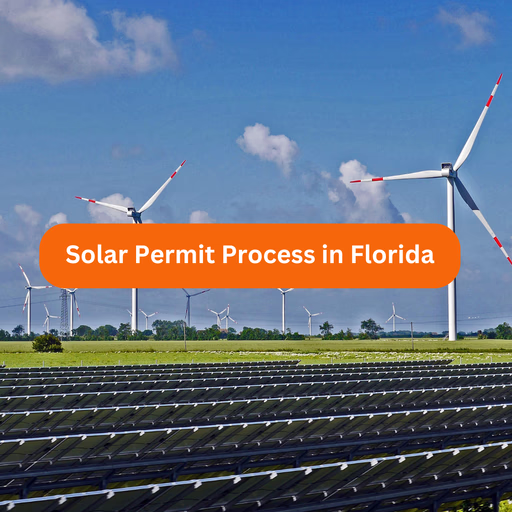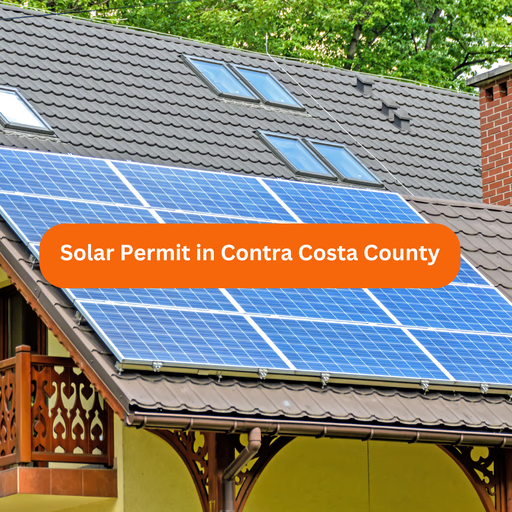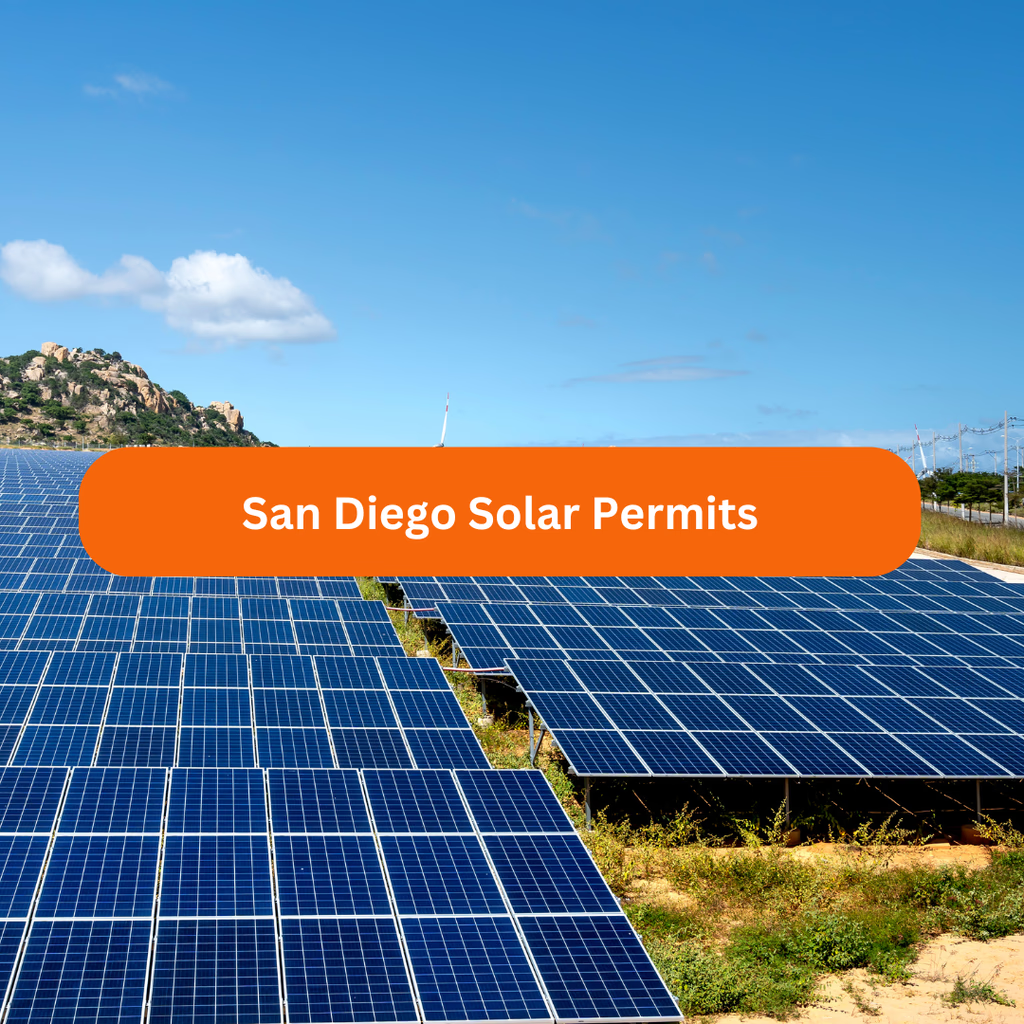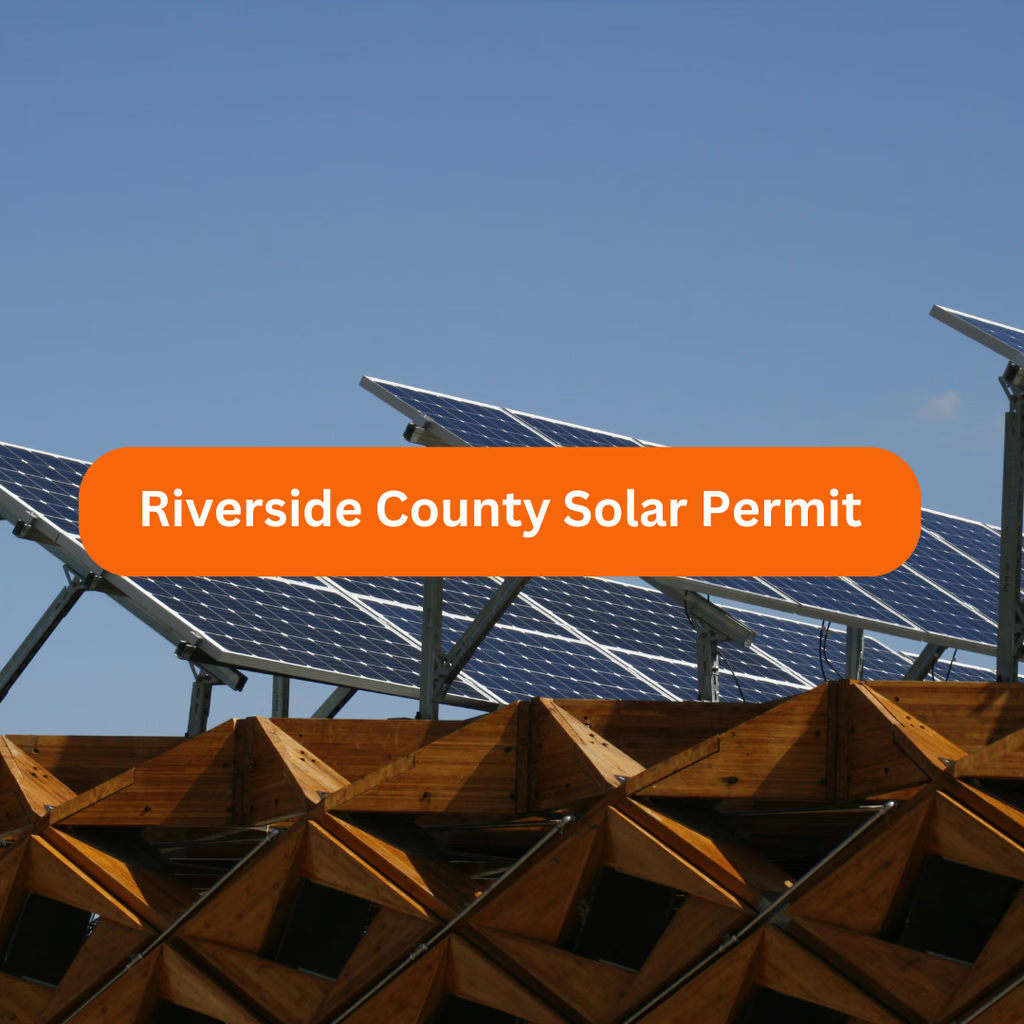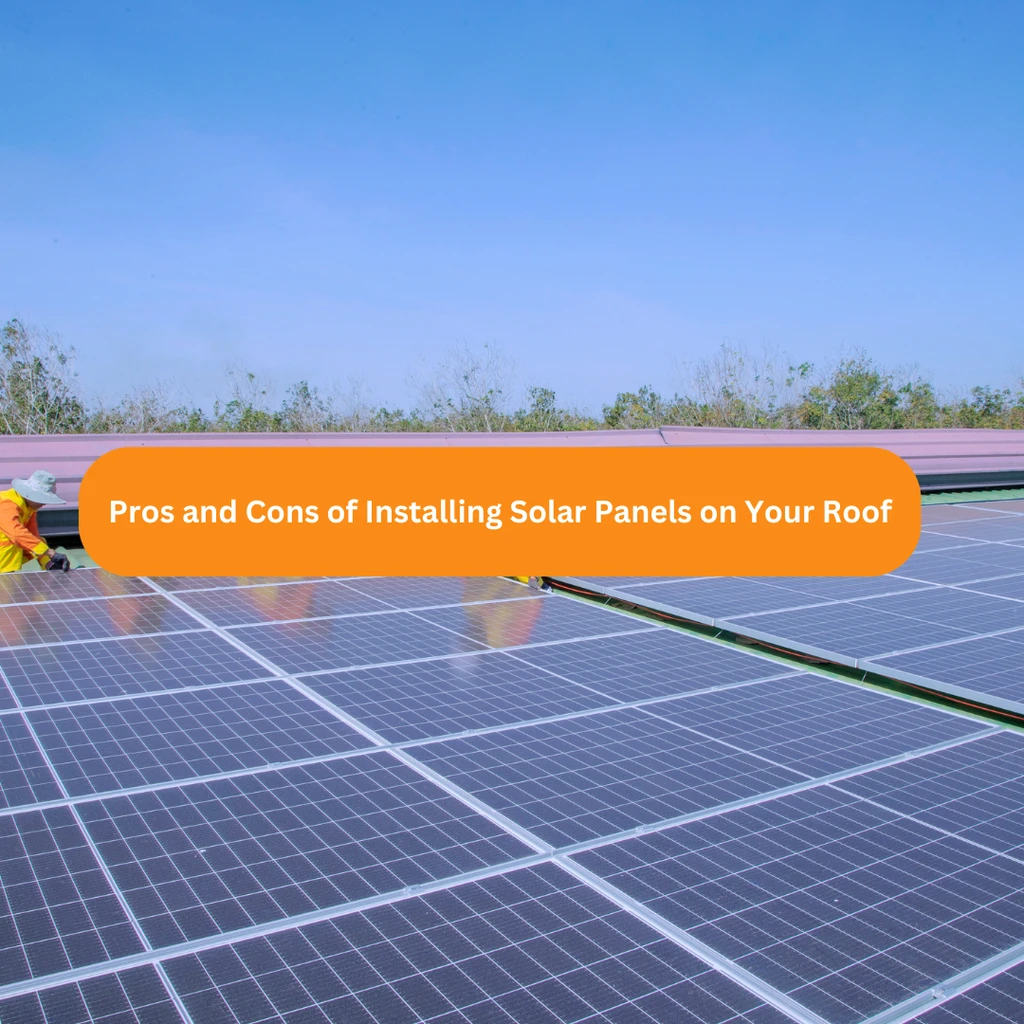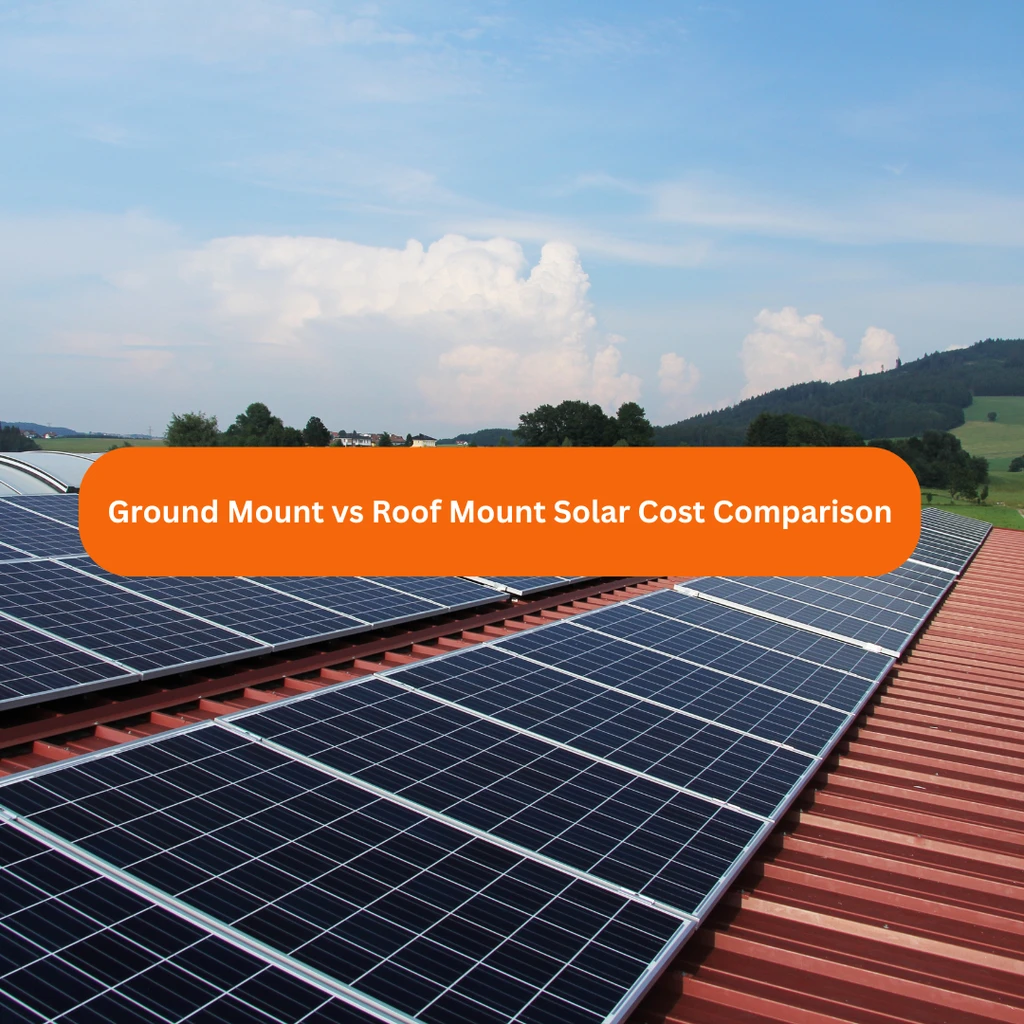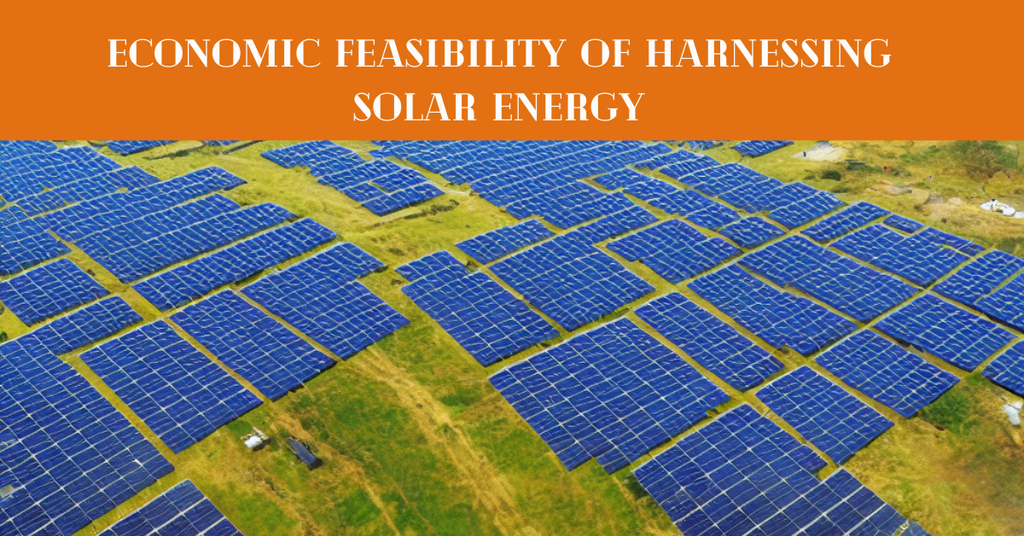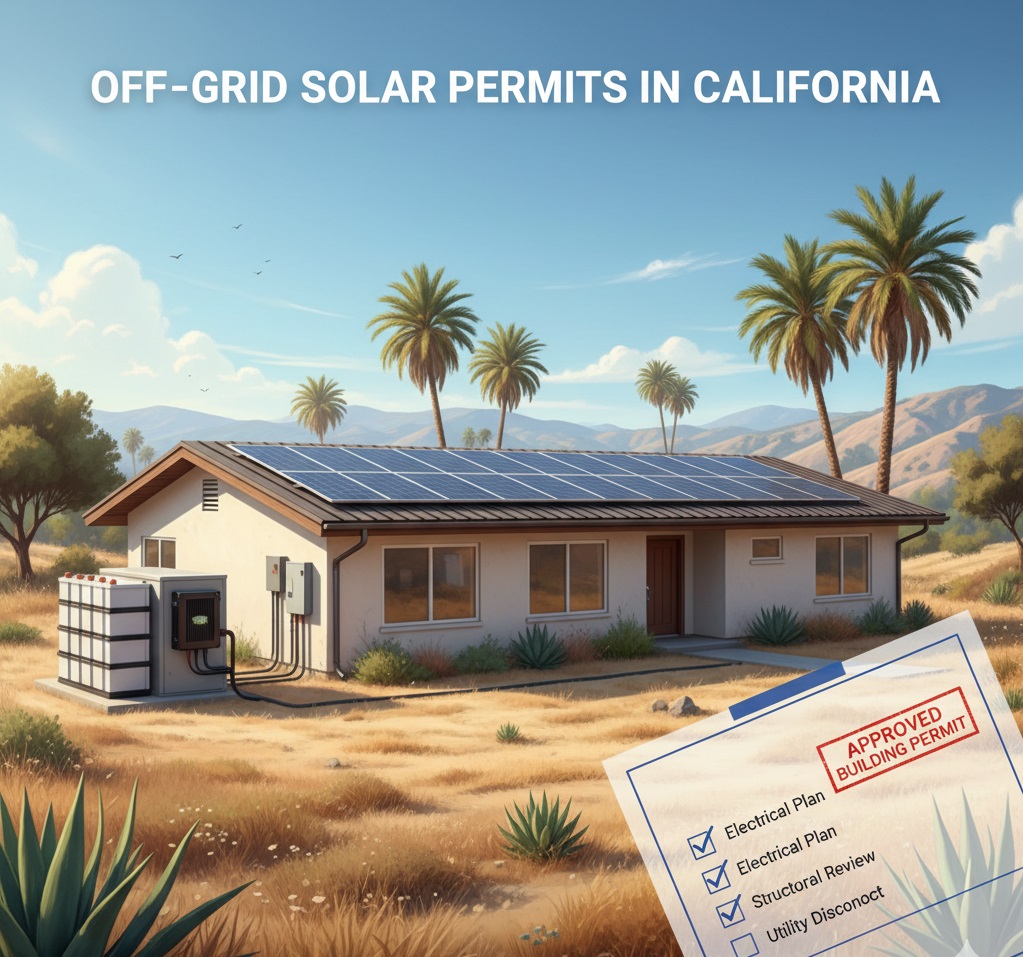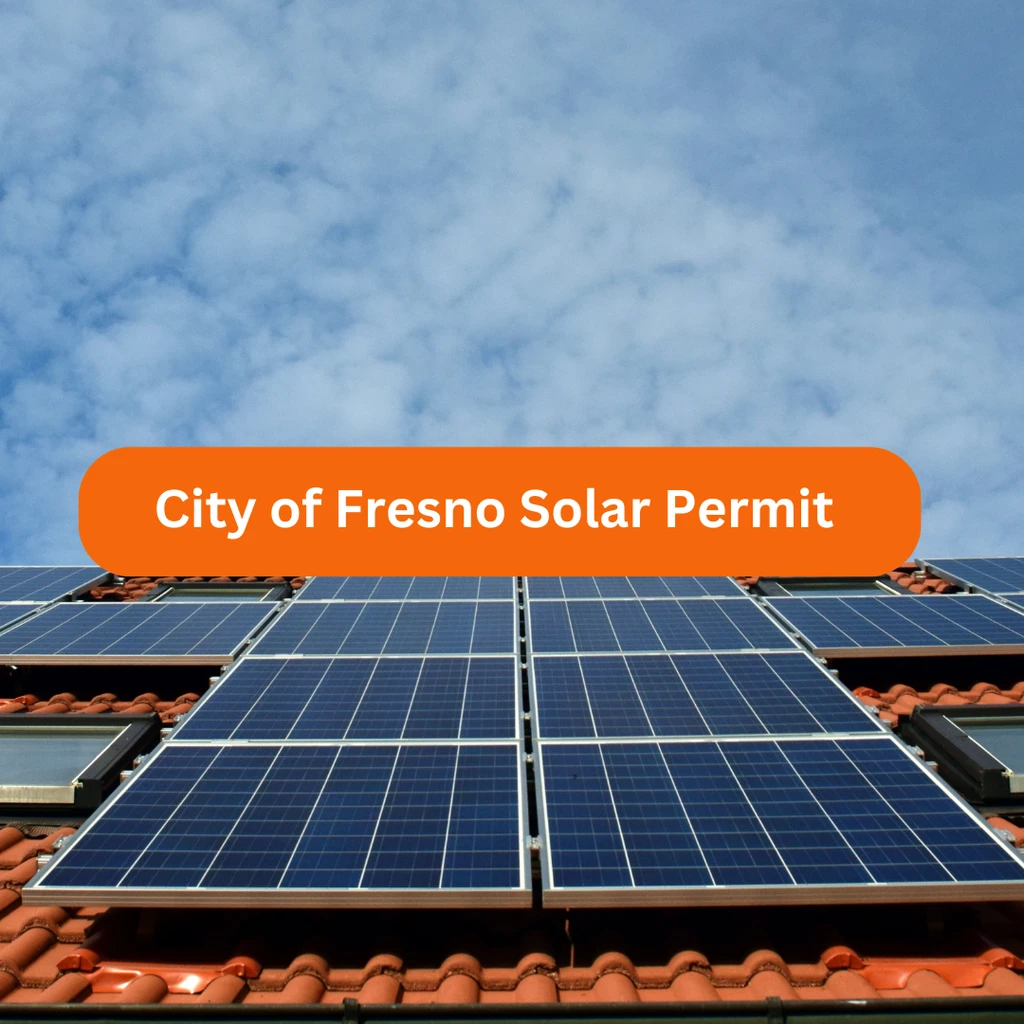Switching to solar is a smart move, but one of the most common questions homeowners ask is: “What size solar system do I actually need?” The answer depends on your energy use, roof space, and long-term goals. Choosing the right size of solar solutions for your house ensures you don’t waste money on a system that’s too big—or struggle with one that’s too small.
This guide breaks it down in simple terms so you can make the right choice.
Step 1: Check Your Energy Bills
The first step is to look at how much electricity your household uses. Your electric bill will list your usage in kilowatt-hours (kWh).
- A small home might use 500–800 kWh per month.
- A medium home could use 1,000–1,500 kWh per month.
- Larger homes or ones with high-demand appliances (like electric heating or EV charging) can use 2,000+ kWh per month.
👉 Add up 12 months of usage to get your annual kWh total. This is the number you’ll size your system around.
Step 2: Consider Your Sunlight Hours
Not all locations get the same amount of sunlight. For example:
- Texas and Southwest states get about 5–6 hours of strong sun per day.
- Northern states may only get 3–4 hours per day.
👉 The more sunlight you get, the fewer panels you’ll need to generate the same amount of energy.
Step 3: Understand Solar Panel Output
Most residential solar panels produce 350–400 watts each. A group of panels is called a solar array, and the system is measured in kilowatts (kW).
Here’s a quick guide:
- 5 kW system → produces ~7,000 kWh per year (good for small homes).
- 8–10 kW system → produces ~12,000–14,000 kWh per year (medium homes).
- 12–15 kW system → produces ~18,000–22,000 kWh per year (large homes).
Step 4: Factor in Roof Size and Shading
Even if your energy needs are clear, your roof may limit your options.
- Roof Space: A 1 kW system typically needs about 60–70 square feet of roof space.
- Direction: South-facing roofs generate the most energy in the U.S.
- Shading: Trees, chimneys, or tall buildings can reduce production.
👉 If your roof is too small, you may need higher-efficiency panels to get the same output with fewer panels.
Step 5: Think About Future Energy Use
Solar systems last 25+ years, so it’s smart to plan for the future.
- Planning to buy an electric vehicle?
- Switching to electric heating or appliances?
- Expanding your home?
👉 If so, you may want to size your system slightly larger now to avoid adding panels later.
Step 6: Budget and Incentives
Cost matters, and the right size balances your budget with your energy needs.
- Federal Solar Tax Credit: You can claim up to 30% of your solar installation cost.
- Local Incentives (Texas and others): Some utilities offer rebates or net metering, letting you sell excess energy back to the grid.
👉 A properly sized system ensures you get the most value from these programs.
Example: A Medium-Sized Texas Home
- Monthly usage: 1,200 kWh (14,400 kWh per year).
- Sunlight: 5.5 hours/day average.
- Recommended system size: 10 kW (~25–30 panels).
👉 This setup would cover nearly all of the home’s energy needs without oversizing.
Quick System Size Guide
| Home Size | Monthly Usage | Suggested System | Panels Needed (avg) |
| Small (1–2 people) | 600–800 kWh | 5 kW | 12–15 panels |
| Medium (3–4 people) | 1,000–1,500 kWh | 8–10 kW | 20–28 panels |
| Large (5+ people or EV) | 1,800–2,200 kWh | 12–15 kW | 30–40 panels |
Final Thoughts
Choosing the right size of solar solutions for your house isn’t complicated if you take it step by step:
- Check your energy bills.
- Factor in your sunlight hours.
- Match panel output to your needs.
- Consider roof size and shading.
- Plan for future energy use.
- Balance costs with incentives.
By working with experts like Solarestique, you can get a solar design tailored to your home, your budget, and your goals. With the right system size, you’ll enjoy lower bills, energy independence, and peace of mind for decades.

